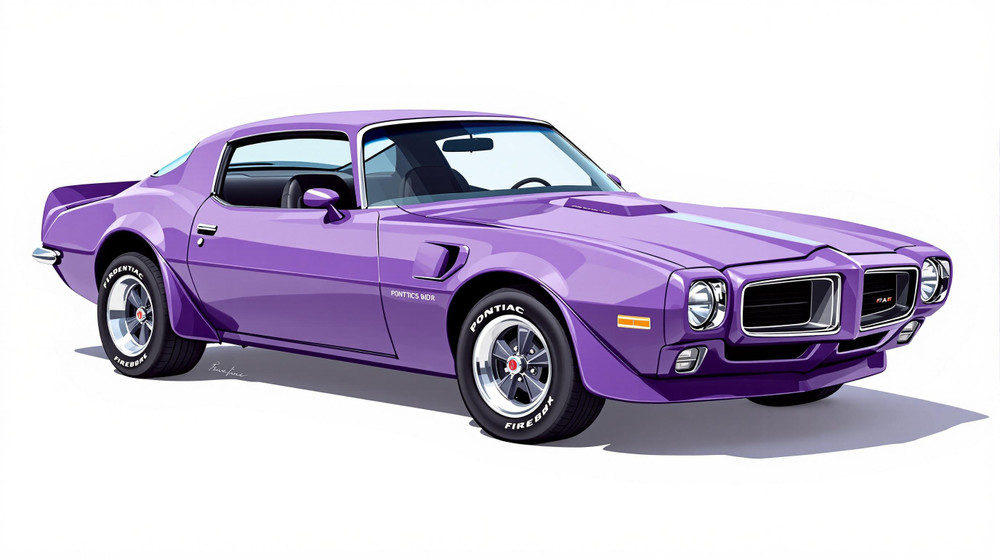Image of 1971 Pontiac Firebird, Note: These illustrations use artistic license and may differ from actual historical models.
Performance Metrics
Fundamental Metrics
Emotional Appeal
MMP Rating
| Engine Specifications | |
|---|---|
| Engine: | 250 cu in (4.1 L) I6, 350 cu in (5.7 L) V8, 400 cu in (6.6 L) V8, 455 cu in (7.5 L) V8 |
| Displacement: | 250-455 cu in (4.1-7.5 L) |
| Horsepower: | 155-335 hp |
| Torque: | 240-480 lb-ft |
| Compression Ratio: | 8.0:1 - 8.4:1 |
| Ignition System: | Conventional breaker-point ignition system |
| Cooling System: | Liquid-cooled |
| Performance Specifications | |
| 0-60 Time: | 6.5-8.5 seconds |
| 1/4 Mile Time: | 14.5-16.5 seconds |
| Top Speed: | 120-130 mph |
| Transmission and Drive | |
| Drive Type: | Rear-wheel drive |
| Transmission Type: | 3-speed manual, 4-speed manual, 2-speed automatic, 3-speed automatic |
| Fuel and Efficiency | |
| Fuel System Type: | Carburetor |
| MPG: | 10-15 mpg |
| Dimensions and Brakes | |
| Brakes: | Front disc brakes and rear drum brakes |
| Wheelbase: | 108.2 in |
| Weight: | 3,500-3,900 lbs |
Note: Specifications for classic cars are given to the best of our ability, considering the limited and variant data available.
1971 Pontiac Firebird: A Blend of Muscle and Style
The 1971 Pontiac Firebird emerged as a beacon of American muscle during an era of automotive revolution. Born from the assembly lines of General Motors, this model year marked a significant evolution in the Firebird's lineage. As the second generation kicked off just a year prior, the '71 edition refined its predecessor's formula with subtle yet impactful changes. Notably, it was during this time that the Firebird began to step out from the shadow of its GM cousin, the Chevrolet Camaro, carving its own niche in muscle car history.
One unique fact that car enthusiasts may find intriguing is that the 1971 model year saw reduced engine compression ratios across the range in response to new emissions regulations and fuel requirements, setting the stage for the industry-wide shift that would define the decade.
Design and Innovation
The exterior of the 1971 Firebird is a testament to Pontiac's dedication to aggressive styling and aerodynamics. The car featured a pronounced split grille, flanked by dual headlamps, and a shapely body with a characteristic "Coke-bottle" profile. The rear end boasted a slotted spoiler integrated into the decklid, enhancing both form and function.
Inside, drivers were greeted with a cockpit-style dashboard and high-back bucket seats that promised comfort and support. Materials ranged from durable vinyl to plush cloth, depending on trim levels. Technological features for its time included an optional stereo radio, air conditioning, and power windows—luxuries in an era where performance often took precedence over creature comforts.
The color palette for the '71 Firebird was vibrant and varied, with popular choices including Lucerne Blue, Canyon Copper, and Castillian Bronze. Body styles included a base coupe, the performance-oriented Formula 400, and the range-topping Trans Am. The Trans Am—with its distinctive "shaker" hood scoop—remains one of the most iconic iterations of the Firebird line.
Historical Significance
The 1971 Firebird's impact on automotive design is undeniable. It helped solidify the muscle car era's aesthetic while introducing refinements that would influence future models. Its blend of power and panache set it apart from competitors, ensuring its lasting influence on both Pontiac's legacy and muscle car culture as a whole.
Performance and Handling
Underneath its sculpted hood lay an array of potent V8 engines. The standard powerplant was capable enough, but it was the optional 455 HO (High Output) engine that truly captured enthusiasts' hearts. Despite lower compression ratios, these engines still pushed impressive horsepower figures for their time. The Firebird could sprint from 0-60 mph in under 7 seconds—a formidable feat in 1971.
The handling characteristics were typical of muscle cars: strong in straight lines but less adept at cornering. However, optional suspension packages improved road-holding capabilities significantly. Drivers often recall the visceral experience—the rumble of the engine at idle, the roar during acceleration, and how every bump and curve felt through the steering wheel.
Ownership Experience
The '71 Firebird found its place as both a daily driver for some and a weekend warrior for others. Its versatility allowed it to excel as a show car or even on local drag strips. Maintenance is straightforward by modern standards; however, sourcing original parts can be challenging for restorations.
Fun Facts
Rare editions like the Trans Am with only 2,116 units produced are particularly sought after by collectors. Celebrity ownerships have included names like Paul McCartney and David Hasselhoff. While no specific speed records were set by this model year Firebird, it held its own against contemporaries on both street and track.
Criticisms at the time focused on fuel economy—a common concern for muscle cars—and some interior plastics that didn't age well compared to more premium materials.
Collector's Information
The current value range for a well-maintained 1971 Pontiac Firebird can vary widely depending on condition, originality, and model variant—with Trans Ams commanding premium prices. Estimates suggest that fewer than 30% of originally produced units survive today in varying states of preservation or restoration.
In terms of appreciation potential, well-restored examples or original-condition cars have seen steady increases in value over recent years—a trend likely to continue as nostalgia for classic American muscle grows.
Conclusion
The 1971 Pontiac Firebird stands as a testament to an era when horsepower reigned supreme and style was as important as substance. It remains an enduring symbol of American automotive culture—a machine that continues to captivate enthusiasts worldwide with its blend of performance and panache.
1971 Pontiac Firebird Catalog of Parts
 1971 Pontiac Firebird Shock Absorber Grommet. 1" bottom O.D., 3/4" high-BN 1Shock Absorber Grommet. 1" bottom O.D., 3/4" high., with 7/16" I.D. Each
1971 Pontiac Firebird Shock Absorber Grommet. 1" bottom O.D., 3/4" high-BN 1Shock Absorber Grommet. 1" bottom O.D., 3/4" high., with 7/16" I.D. Each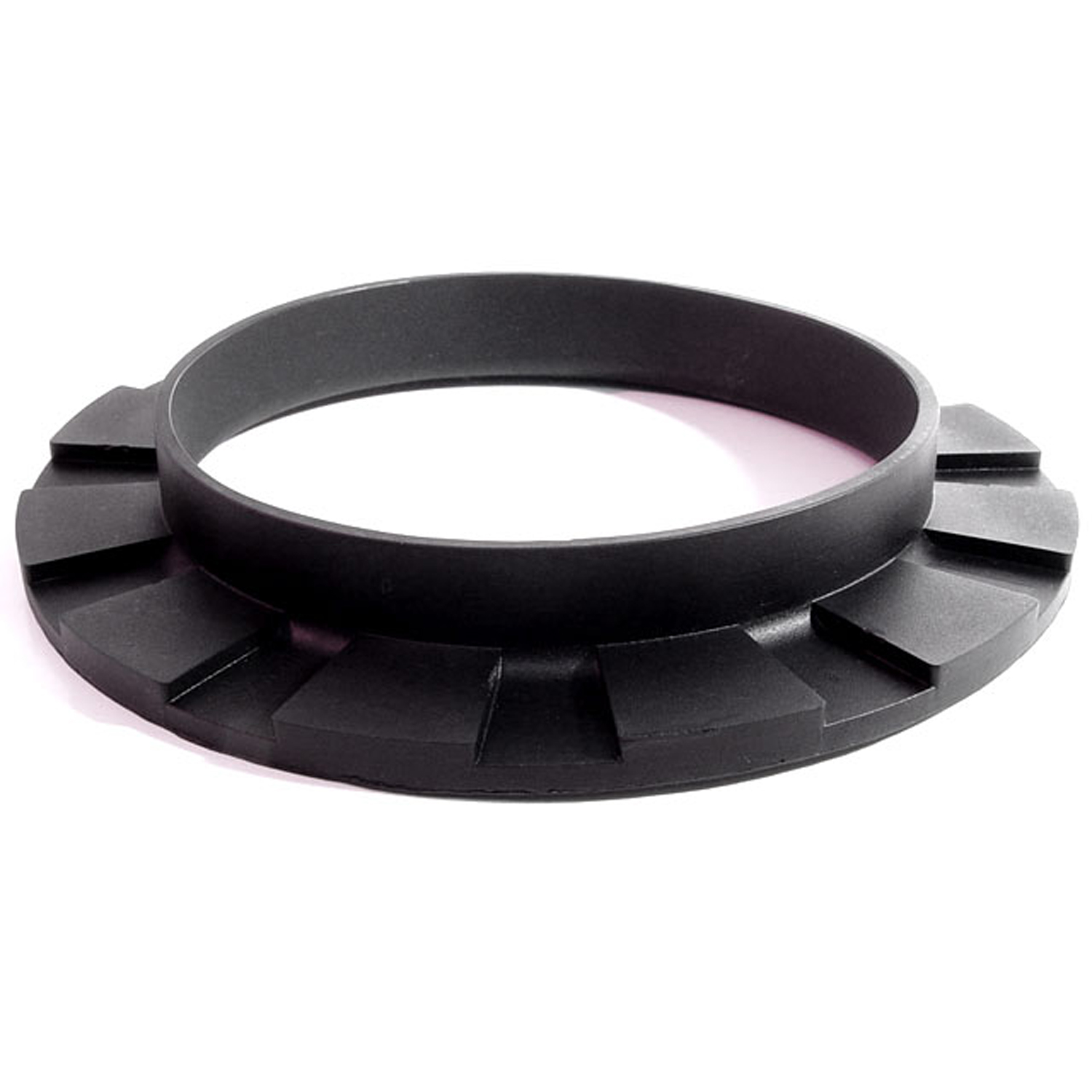 1971 Pontiac Firebird Front coil-spring insulator-BN 110Front coil-spring insulator. Fits '41-'60 Oldsmobile and '50-'83 GM passenger models. 5-3/8 in. OD x 3-3/4 in. ID x 3/4 in. high with 13/16 in. wide bottom flange 1/4" thick, 12 flutes. Each.
1971 Pontiac Firebird Front coil-spring insulator-BN 110Front coil-spring insulator. Fits '41-'60 Oldsmobile and '50-'83 GM passenger models. 5-3/8 in. OD x 3-3/4 in. ID x 3/4 in. high with 13/16 in. wide bottom flange 1/4" thick, 12 flutes. Each.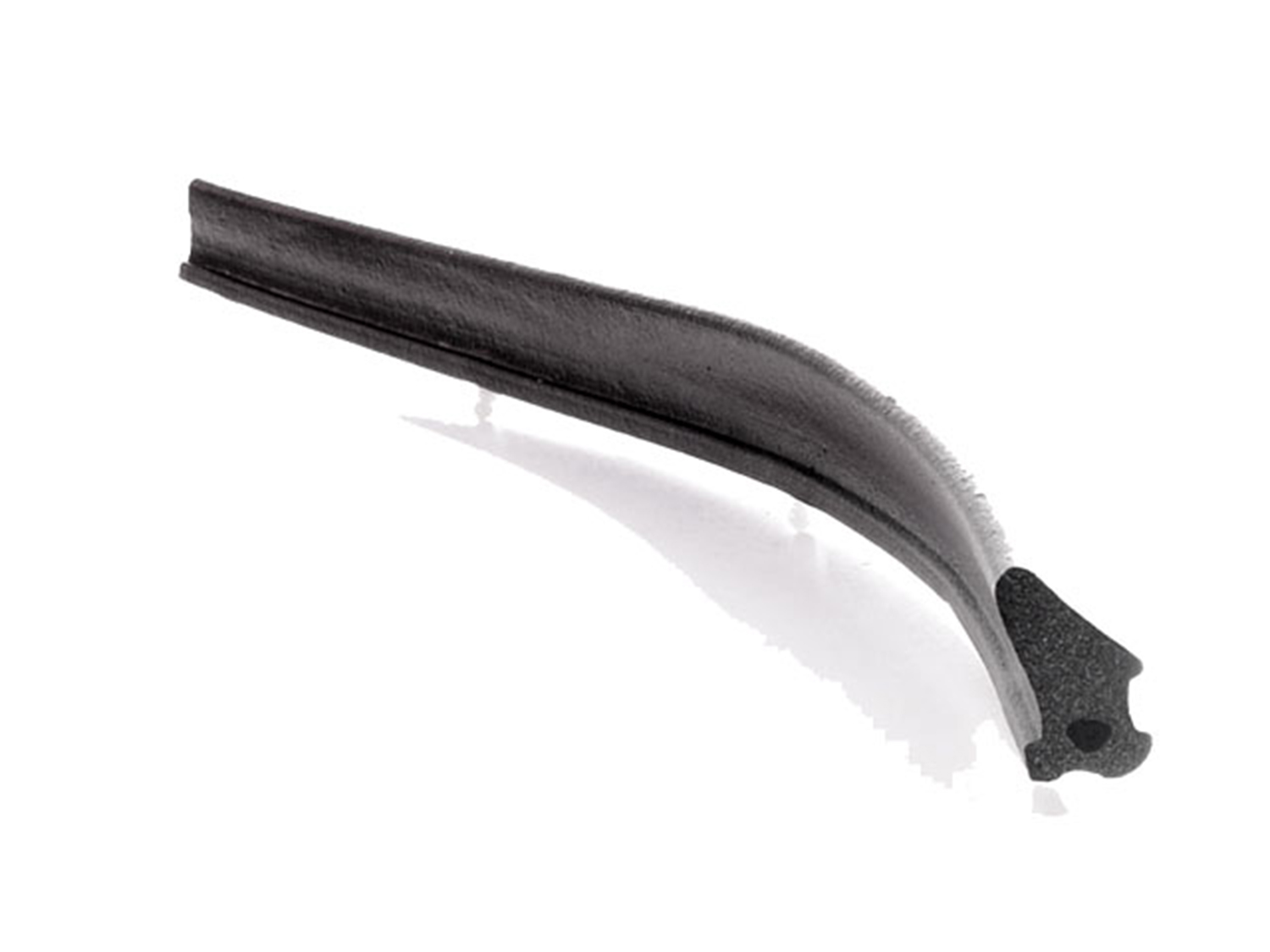 1971 Pontiac Firebird Door Side Seal-C/LP 40-KDoor Side Seal. Made of smooth skin sponge extrusion, with clips installed. (For seal without clips, see LP 40-K) Sold by the foot.
1971 Pontiac Firebird Door Side Seal-C/LP 40-KDoor Side Seal. Made of smooth skin sponge extrusion, with clips installed. (For seal without clips, see LP 40-K) Sold by the foot.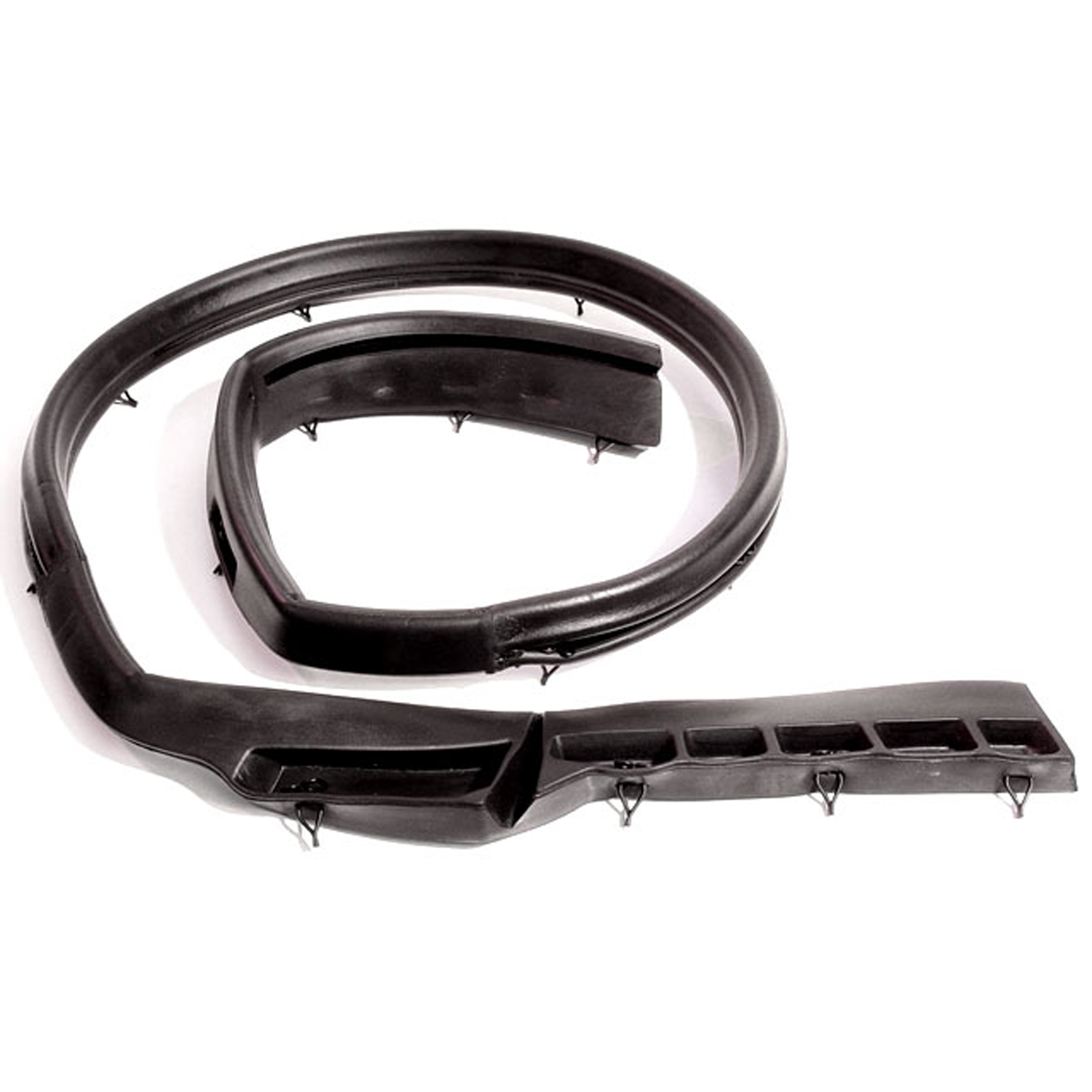 1971 Pontiac Firebird Hood to Cowl Seal. 68" long. Each-CS 15Hood to Cowl Seal. 68" long. Each
1971 Pontiac Firebird Hood to Cowl Seal. 68" long. Each-CS 15Hood to Cowl Seal. 68" long. Each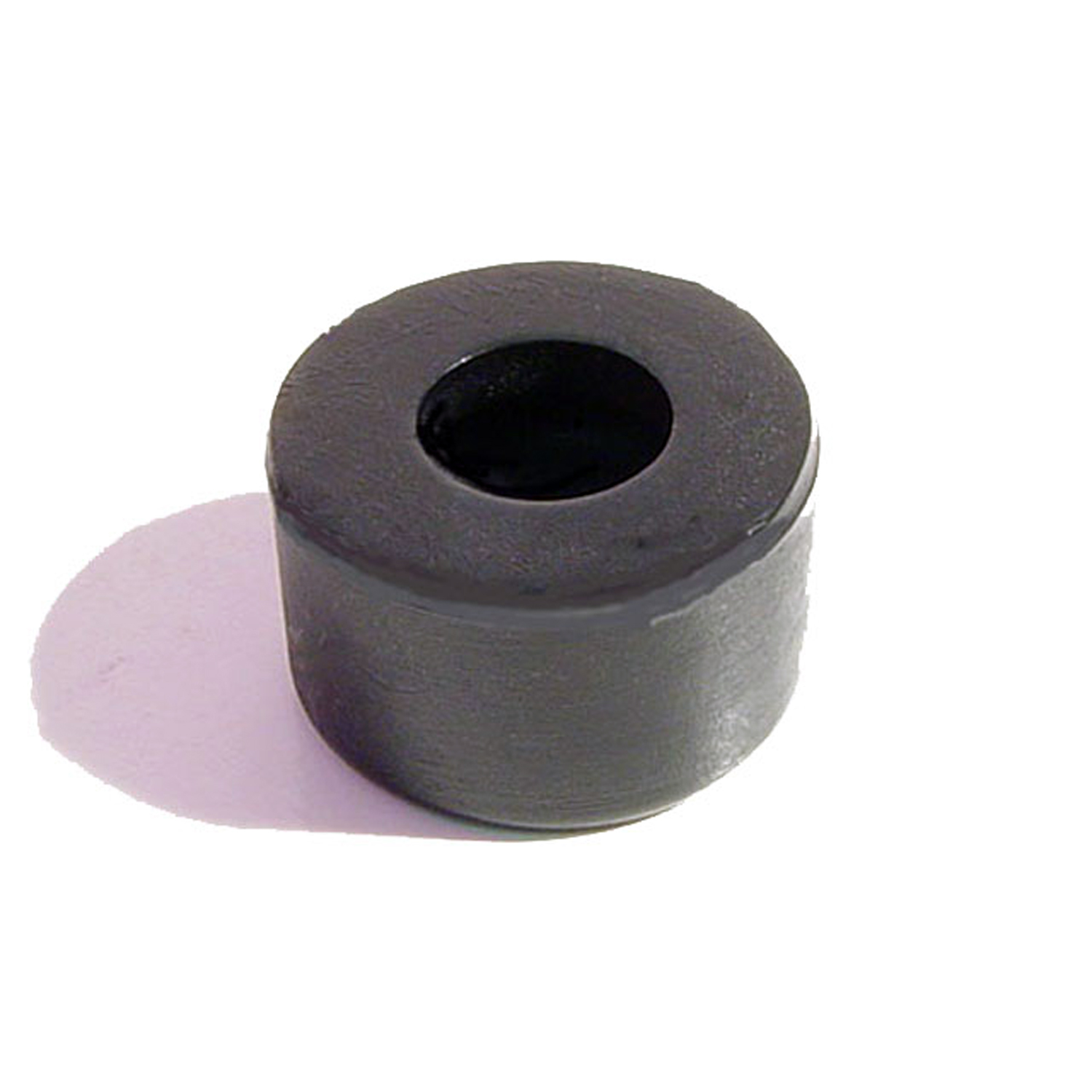 1971 Pontiac Firebird Door, Hood and Trunk Bumper Cap for adjustment bolt-HA 5Door, Hood and Trunk Bumper Cap for adjustment bolt. 7/8" diameter X 7/16" thick. Each
1971 Pontiac Firebird Door, Hood and Trunk Bumper Cap for adjustment bolt-HA 5Door, Hood and Trunk Bumper Cap for adjustment bolt. 7/8" diameter X 7/16" thick. Each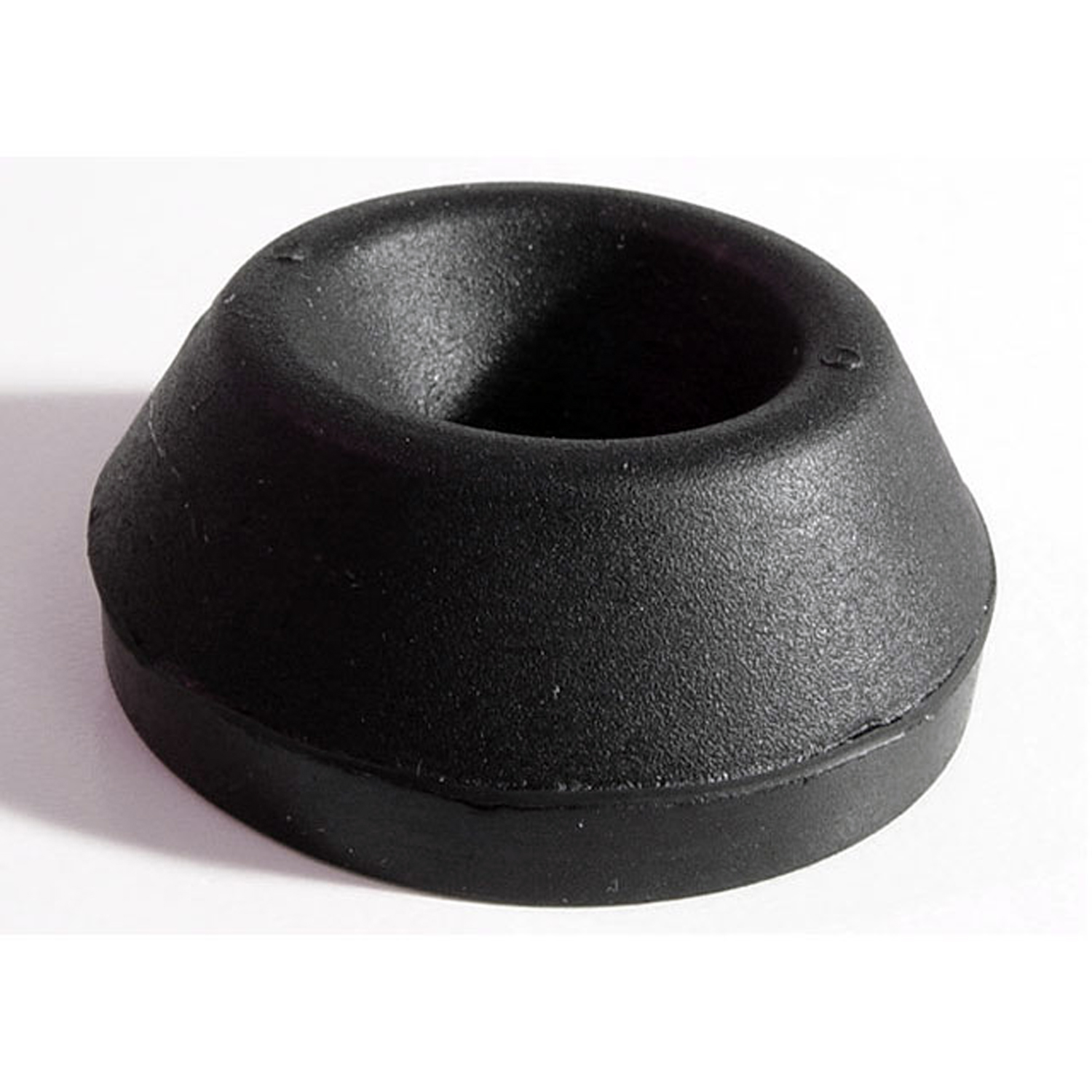 1971 Pontiac Firebird Hood Bumper Adjustment Bolt Cap. 1-1/2" O.D-HA 7-AHood Bumper Adjustment Bolt Cap. 1-1/2" O.D., 13/16" top and bottom hole, 1/2" inner hole, 5/8" high. Each
1971 Pontiac Firebird Hood Bumper Adjustment Bolt Cap. 1-1/2" O.D-HA 7-AHood Bumper Adjustment Bolt Cap. 1-1/2" O.D., 13/16" top and bottom hole, 1/2" inner hole, 5/8" high. Each 1971 Pontiac Firebird Hood to Fender Bumper. Each-HF 24Hood to Fender Bumper. Each
1971 Pontiac Firebird Hood to Fender Bumper. Each-HF 24Hood to Fender Bumper. Each 1971 Pontiac Firebird Molded Door Seals with Clips and Molded Ends-LM 22-BMolded Door Seals with Clips and Molded Ends. Replaces OEM #9868430/1. Pair R&L
1971 Pontiac Firebird Molded Door Seals with Clips and Molded Ends-LM 22-BMolded Door Seals with Clips and Molded Ends. Replaces OEM #9868430/1. Pair R&L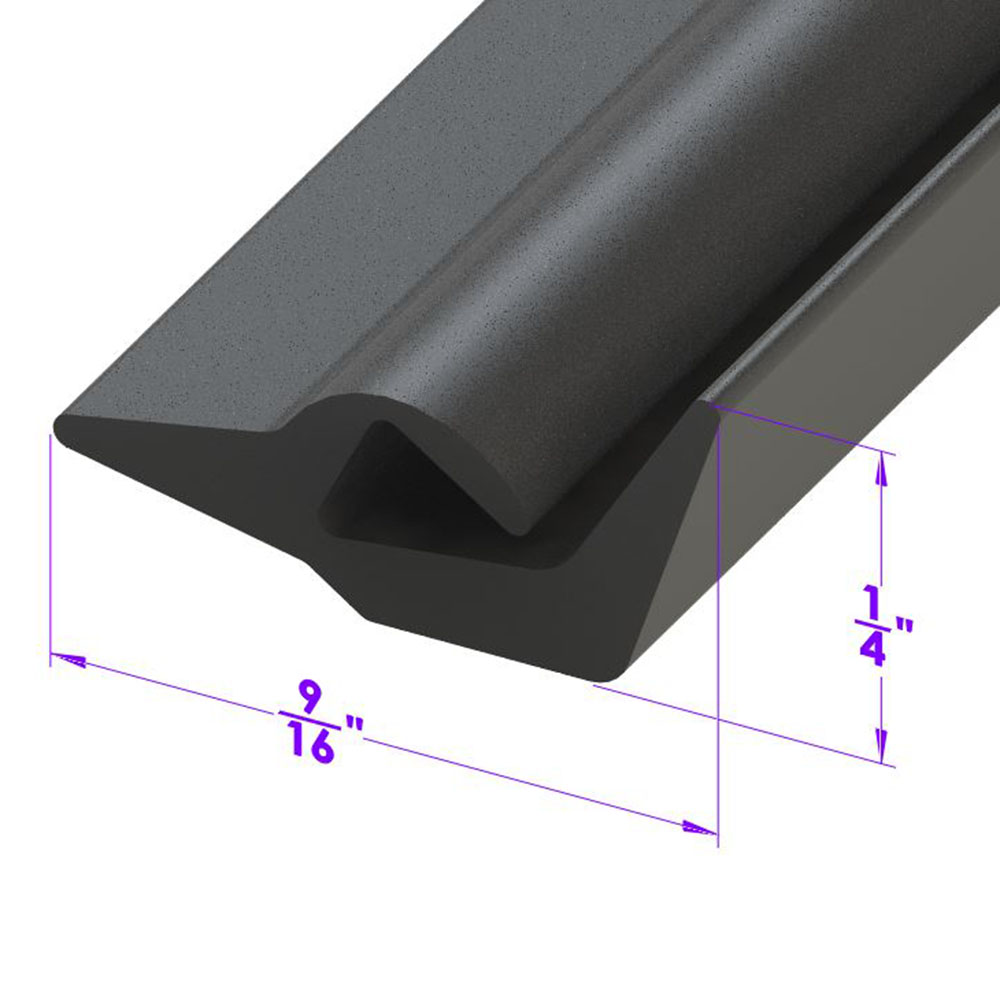 1971 Pontiac Firebird Wheel Spoiler Trim. Sold by the foot-LP 111-XWheel Spoiler Trim. Sold by the foot
1971 Pontiac Firebird Wheel Spoiler Trim. Sold by the foot-LP 111-XWheel Spoiler Trim. Sold by the foot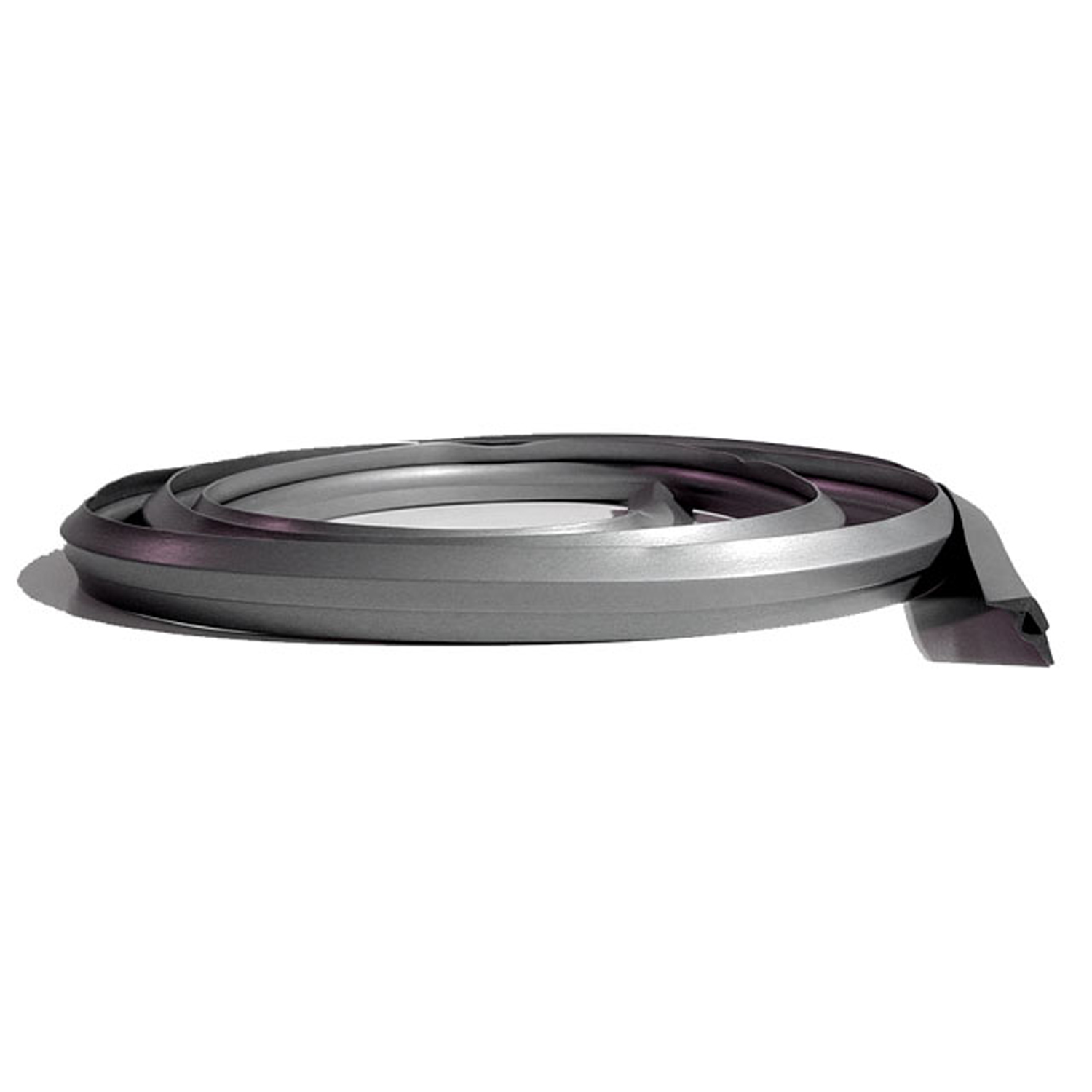 1971 Pontiac Firebird Wheel Spoiler Trim Kit, for Trans Am Only. 5' Piece-LPK 111-XWheel Spoiler Trim Kit, for Trans Am Only. 5' Piece. One kit per wheel. Each
1971 Pontiac Firebird Wheel Spoiler Trim Kit, for Trans Am Only. 5' Piece-LPK 111-XWheel Spoiler Trim Kit, for Trans Am Only. 5' Piece. One kit per wheel. Each 1971 Pontiac Firebird Basic Kit, for 2-Door Hardtop-RKB 2001-105Basic Kit, for 2-Door Hardtop. Door (LM 22-B) Roof Rail (RR 7002) Trunk (TK 46-10), Seals.
1971 Pontiac Firebird Basic Kit, for 2-Door Hardtop-RKB 2001-105Basic Kit, for 2-Door Hardtop. Door (LM 22-B) Roof Rail (RR 7002) Trunk (TK 46-10), Seals.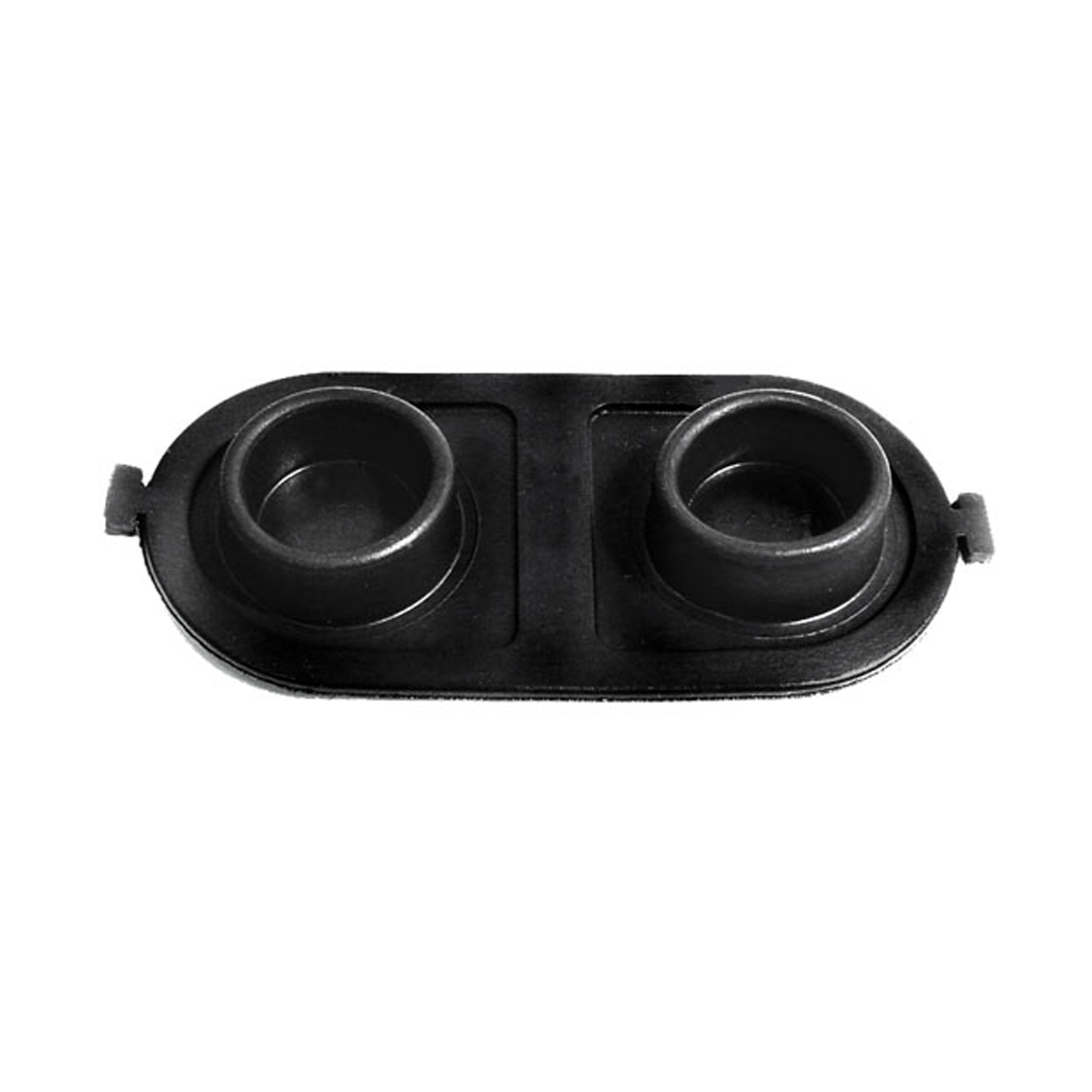 1971 Pontiac Firebird Brake Master Cylinder Cover Seal. Replaces OEM #5470861-RP 2-EBrake Master Cylinder Cover Seal. Replaces OEM #5470861. 5" X 2-1/2". Each
1971 Pontiac Firebird Brake Master Cylinder Cover Seal. Replaces OEM #5470861-RP 2-EBrake Master Cylinder Cover Seal. Replaces OEM #5470861. 5" X 2-1/2". Each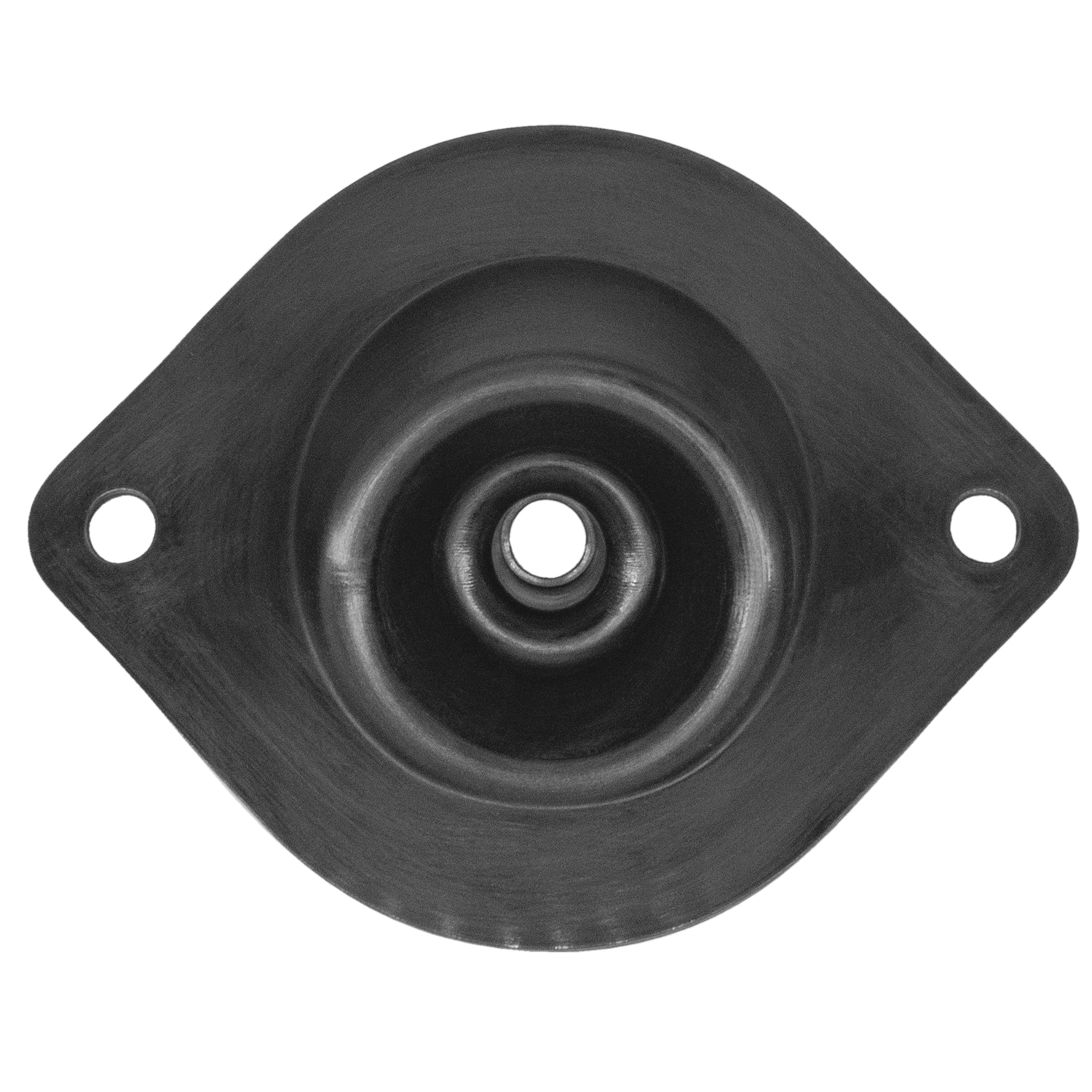 1971 Pontiac Firebird Gearshift Control Cable Seal,73-81 Chevy Camaro,70-81 Pontiac Firebird-RP 67This seal replaces the gearshift control cable seal on 1973-1981 Chevrolet Camaro and 1970-1981 Pontiac Firebird models with automatic transmissions and floor console gearshifts. Proudly MADE IN AMERICA and manufactured with Metro’s own superior EPDM dense rubber compound to protect against the elements.
1971 Pontiac Firebird Gearshift Control Cable Seal,73-81 Chevy Camaro,70-81 Pontiac Firebird-RP 67This seal replaces the gearshift control cable seal on 1973-1981 Chevrolet Camaro and 1970-1981 Pontiac Firebird models with automatic transmissions and floor console gearshifts. Proudly MADE IN AMERICA and manufactured with Metro’s own superior EPDM dense rubber compound to protect against the elements.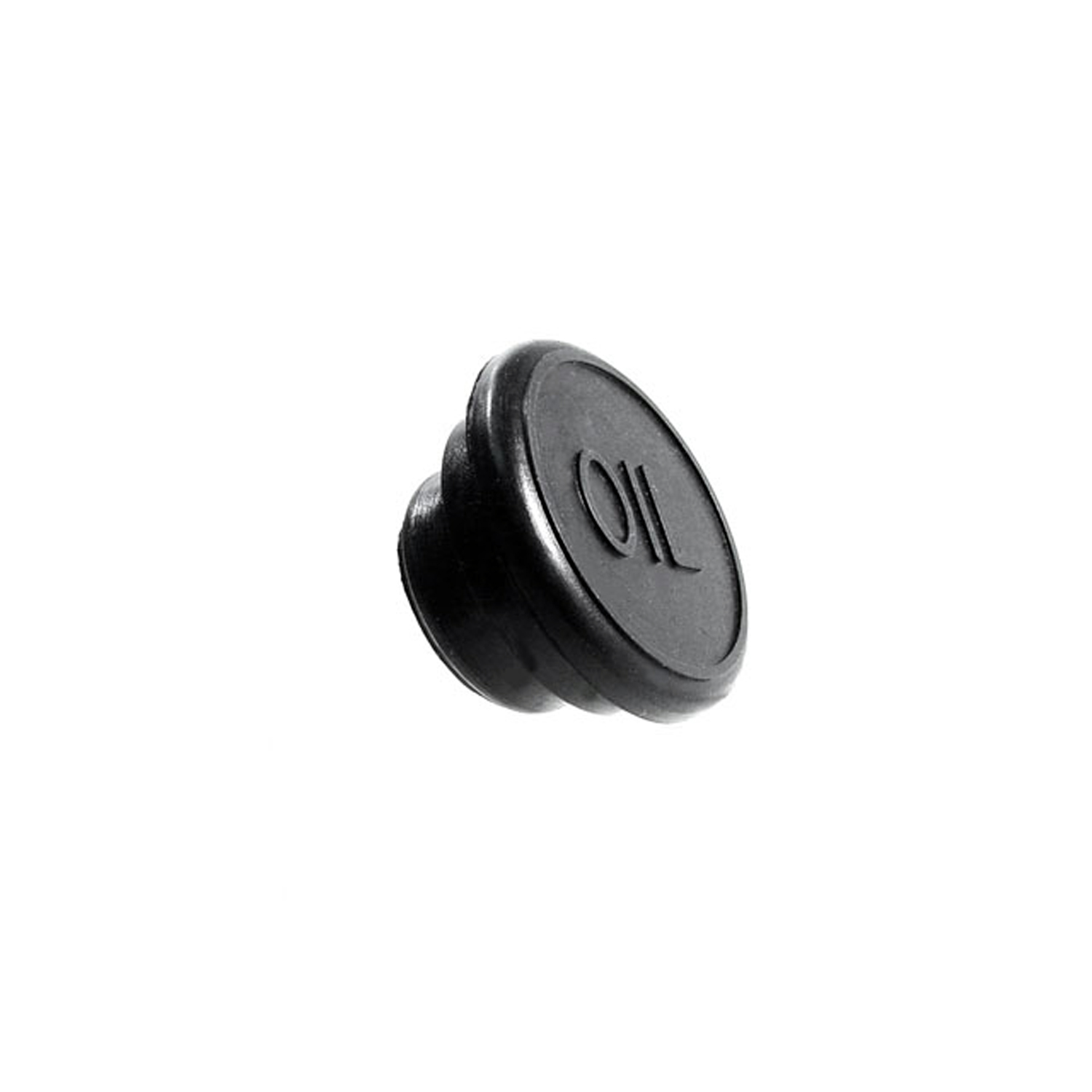 1971 Pontiac Firebird Oil Filler Hole Cap. Made of rubber-RP 8Oil Filler Hole Cap. Made of rubber. Fits a 1-3/16" to 1-1/4" hole. Each
1971 Pontiac Firebird Oil Filler Hole Cap. Made of rubber-RP 8Oil Filler Hole Cap. Made of rubber. Fits a 1-3/16" to 1-1/4" hole. Each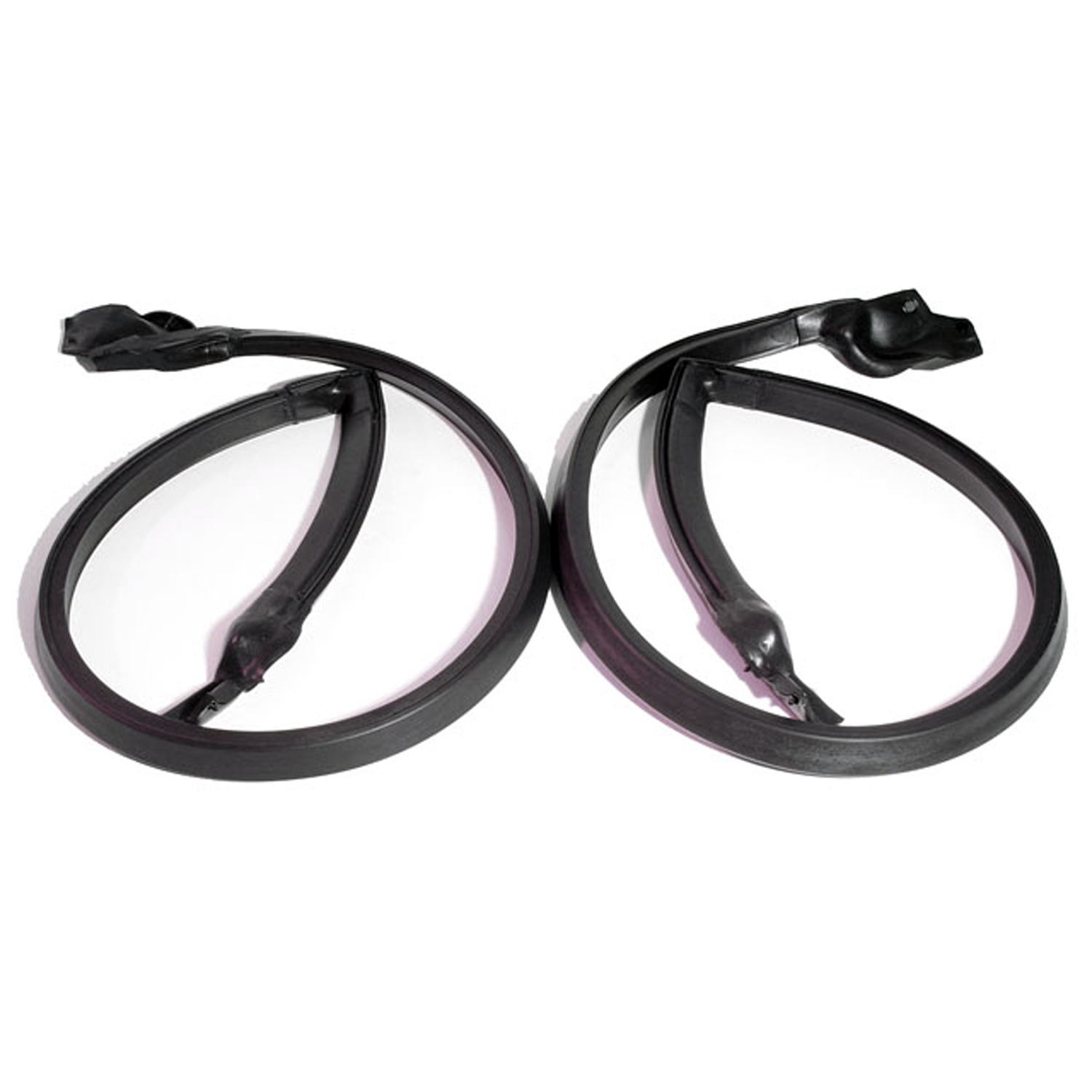 1971 Pontiac Firebird Roof Rail Seals with Molded Ends. For 2-door hardtop-RR 7002Roof Rail Seals with Molded Ends. For 2-door hardtop. Pair R&L
1971 Pontiac Firebird Roof Rail Seals with Molded Ends. For 2-door hardtop-RR 7002Roof Rail Seals with Molded Ends. For 2-door hardtop. Pair R&L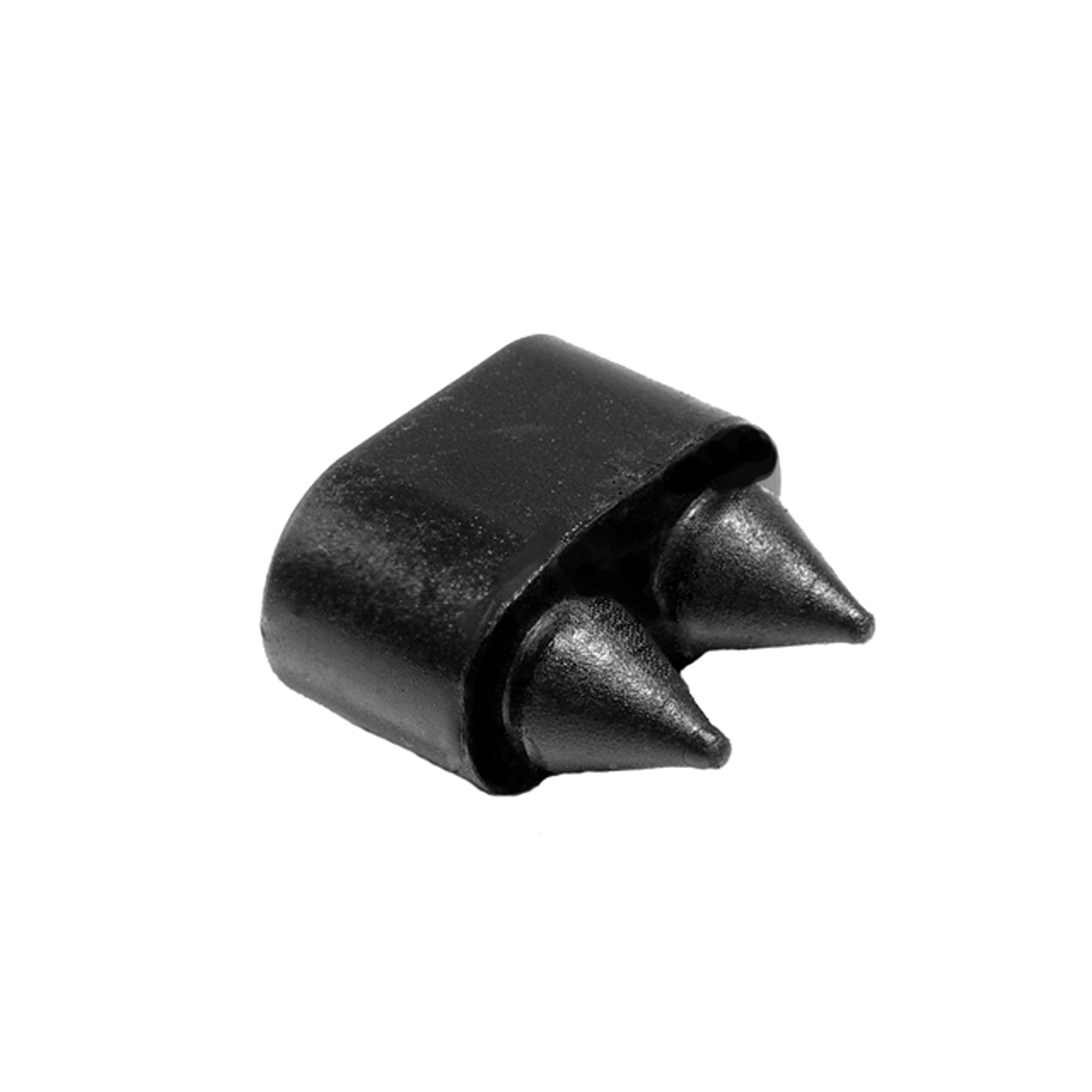 1971 Pontiac Firebird Door Bumper. Made with twin retainers-SB 32Door Bumper. Made with twin retainers. 3/4" high X 1/2" wide X 15/16" long. Each
1971 Pontiac Firebird Door Bumper. Made with twin retainers-SB 32Door Bumper. Made with twin retainers. 3/4" high X 1/2" wide X 15/16" long. Each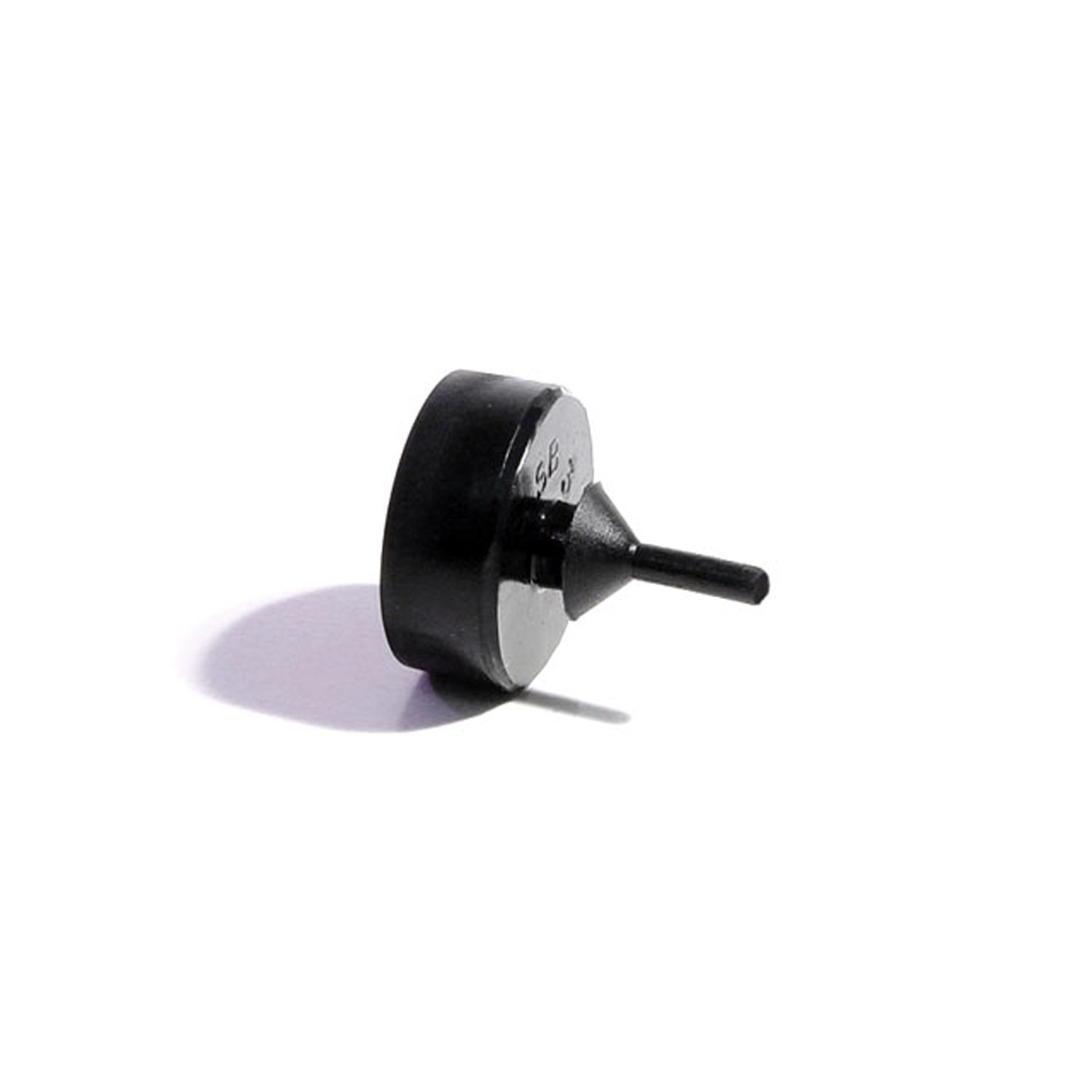 1971 Pontiac Firebird Trunk Bumper. Fits lower corner on decklid. 15/16" O.D-SB 34Trunk Bumper. Fits lower corner on decklid. 15/16" O.D., 11/16" high. Each
1971 Pontiac Firebird Trunk Bumper. Fits lower corner on decklid. 15/16" O.D-SB 34Trunk Bumper. Fits lower corner on decklid. 15/16" O.D., 11/16" high. Each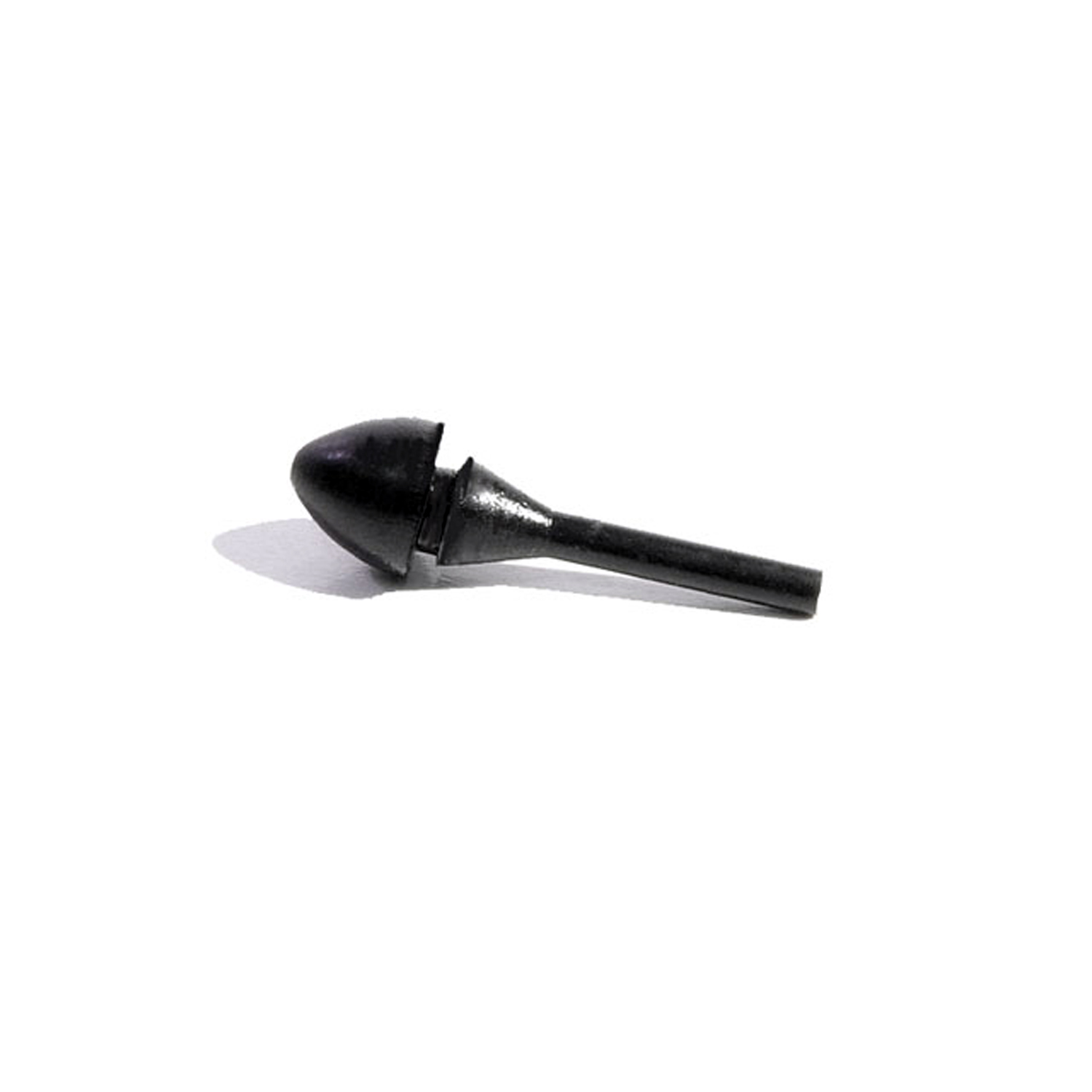 1971 Pontiac Firebird Interior Bumper. For glove box, ash tray or fuel door-SB 36Interior Bumper. For glove box, ash tray or fuel door. Fits 3/16" hole. Each
1971 Pontiac Firebird Interior Bumper. For glove box, ash tray or fuel door-SB 36Interior Bumper. For glove box, ash tray or fuel door. Fits 3/16" hole. Each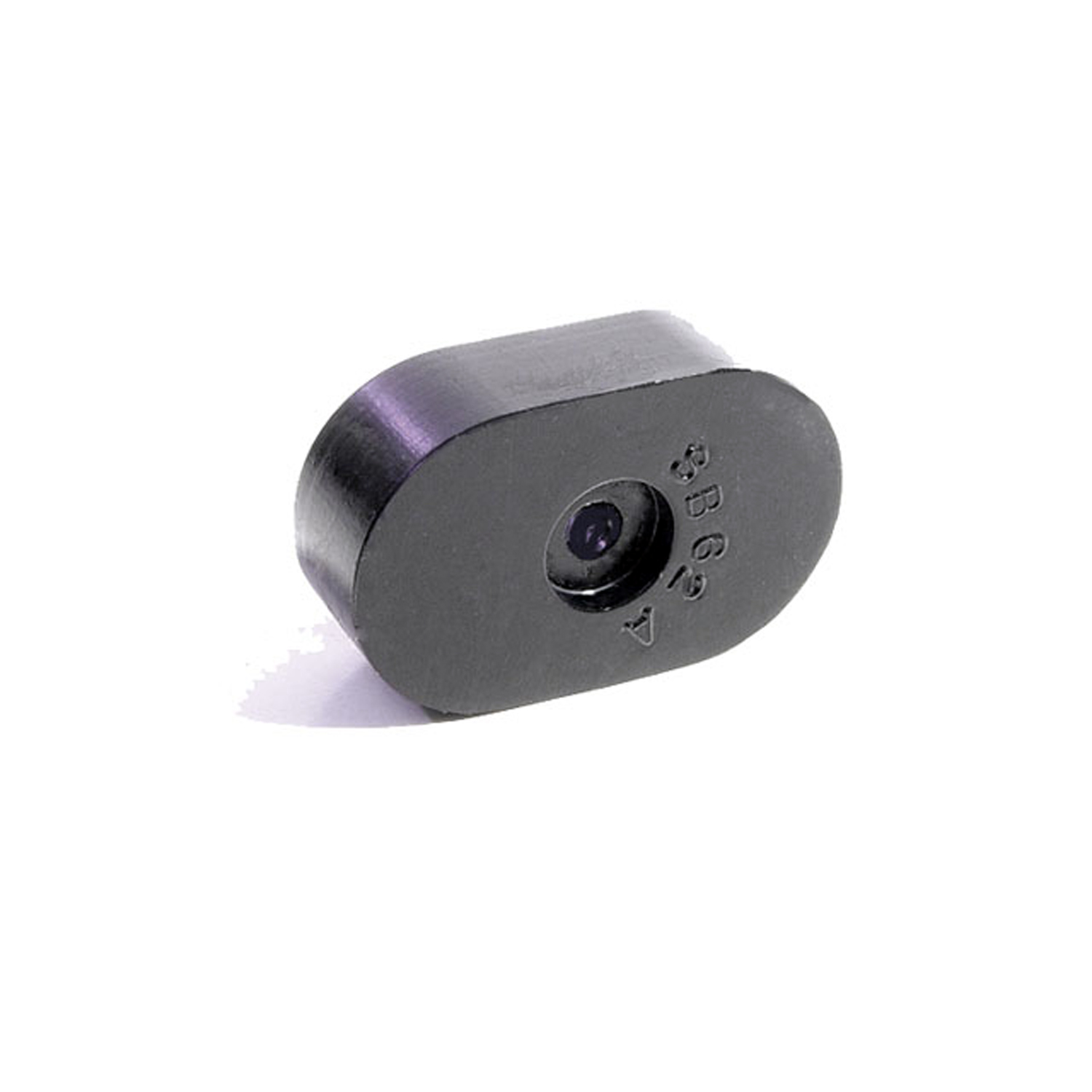 1971 Pontiac Firebird Seat Bumper. Made with steel core like original-SB 62-ASeat Bumper. Made with steel core like original. 1-1/2" long, 7/16" thick. Two used per car. Each
1971 Pontiac Firebird Seat Bumper. Made with steel core like original-SB 62-ASeat Bumper. Made with steel core like original. 1-1/2" long, 7/16" thick. Two used per car. Each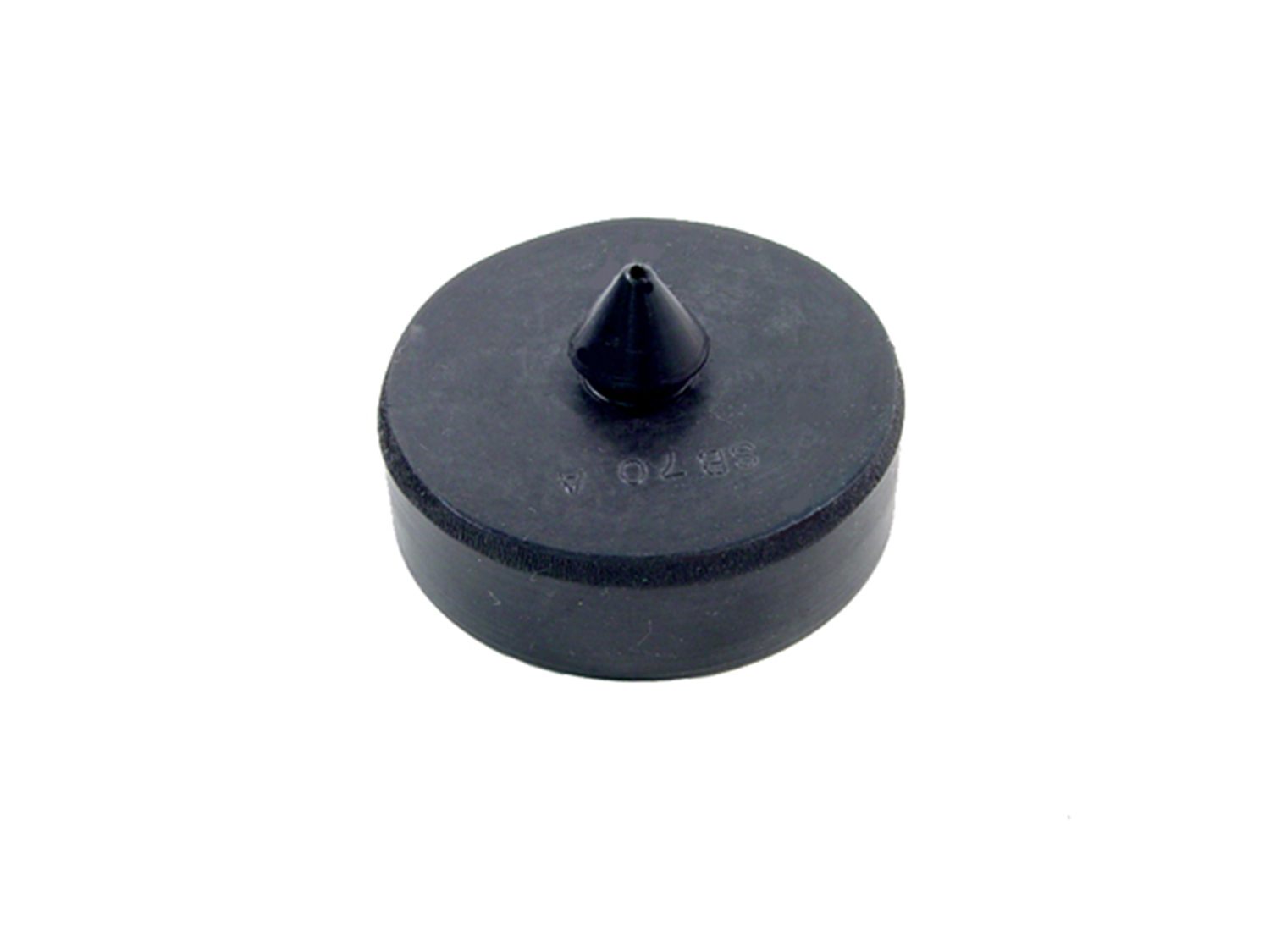 1971 Pontiac Firebird Front door window stop bumper. ’70-’81 GM passenger cars-SB 70-AFront door window stop bumper. '70-'81 GM passenger cars. Dense rubber. Replaces OEM# 9810036. Each.
1971 Pontiac Firebird Front door window stop bumper. ’70-’81 GM passenger cars-SB 70-AFront door window stop bumper. '70-'81 GM passenger cars. Dense rubber. Replaces OEM# 9810036. Each.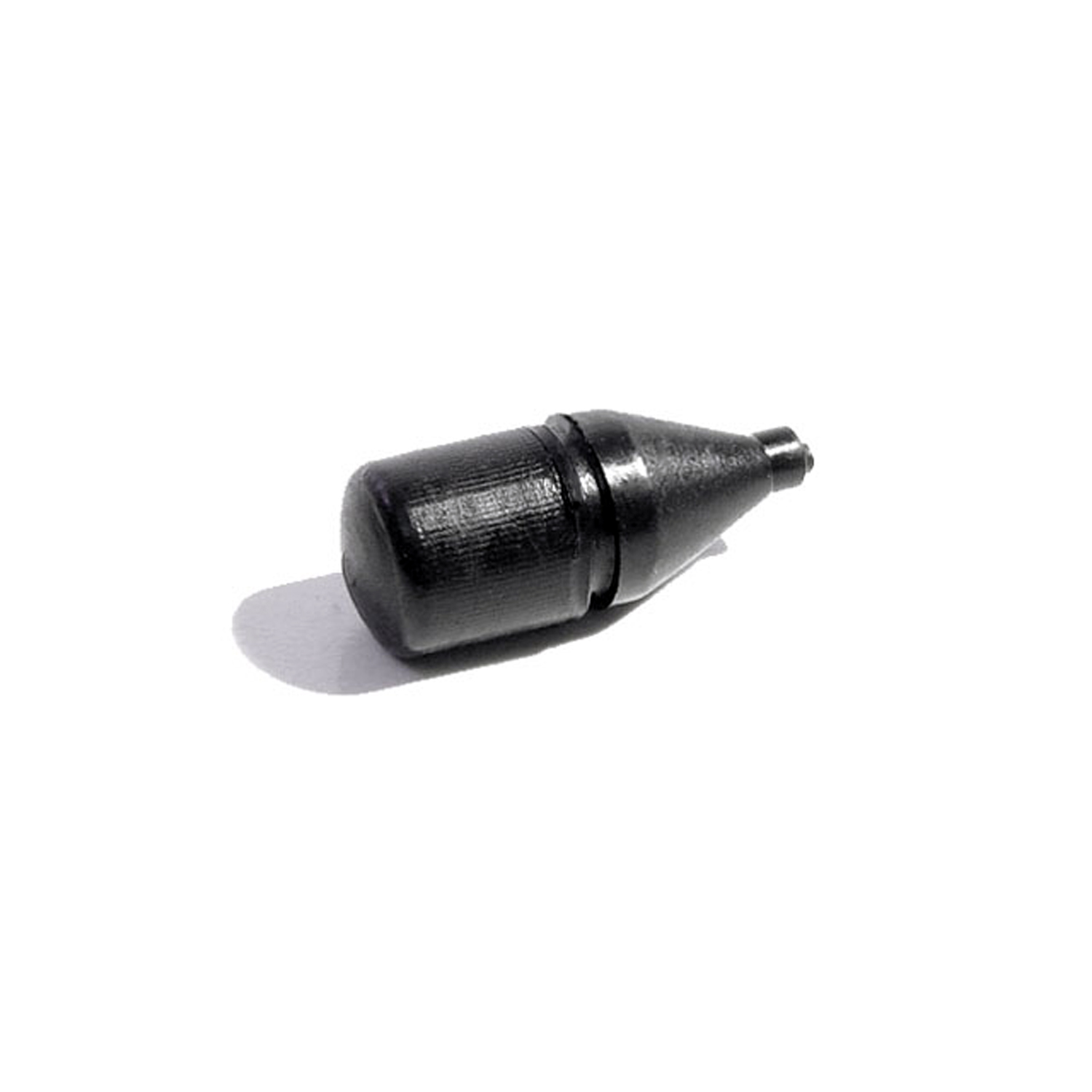 1971 Pontiac Firebird Fuel Door Bumper. 7/8" high, 5/16" O.D. Each-SB 81Fuel Door Bumper. 7/8" high, 5/16" O.D. Each
1971 Pontiac Firebird Fuel Door Bumper. 7/8" high, 5/16" O.D. Each-SB 81Fuel Door Bumper. 7/8" high, 5/16" O.D. Each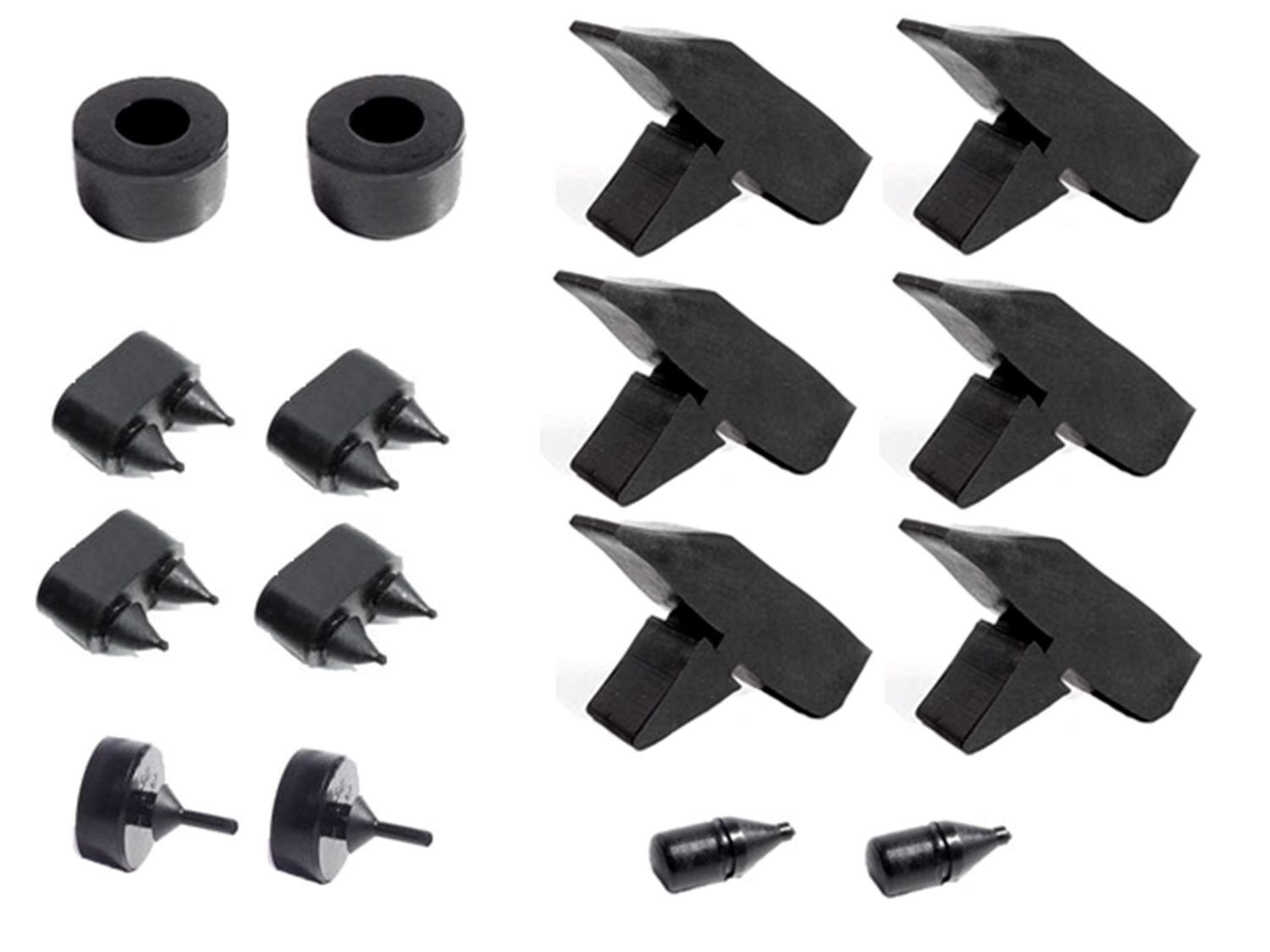 1971 Pontiac Firebird Snap-In-Bumper Kit-SBK 209Snap-In-Bumper Kit. 16-Piece Set Includes: (2)HA 5, (6)HF 24, (4)SB 32, (2)SB 34, (2)SB 81
1971 Pontiac Firebird Snap-In-Bumper Kit-SBK 209Snap-In-Bumper Kit. 16-Piece Set Includes: (2)HA 5, (6)HF 24, (4)SB 32, (2)SB 34, (2)SB 81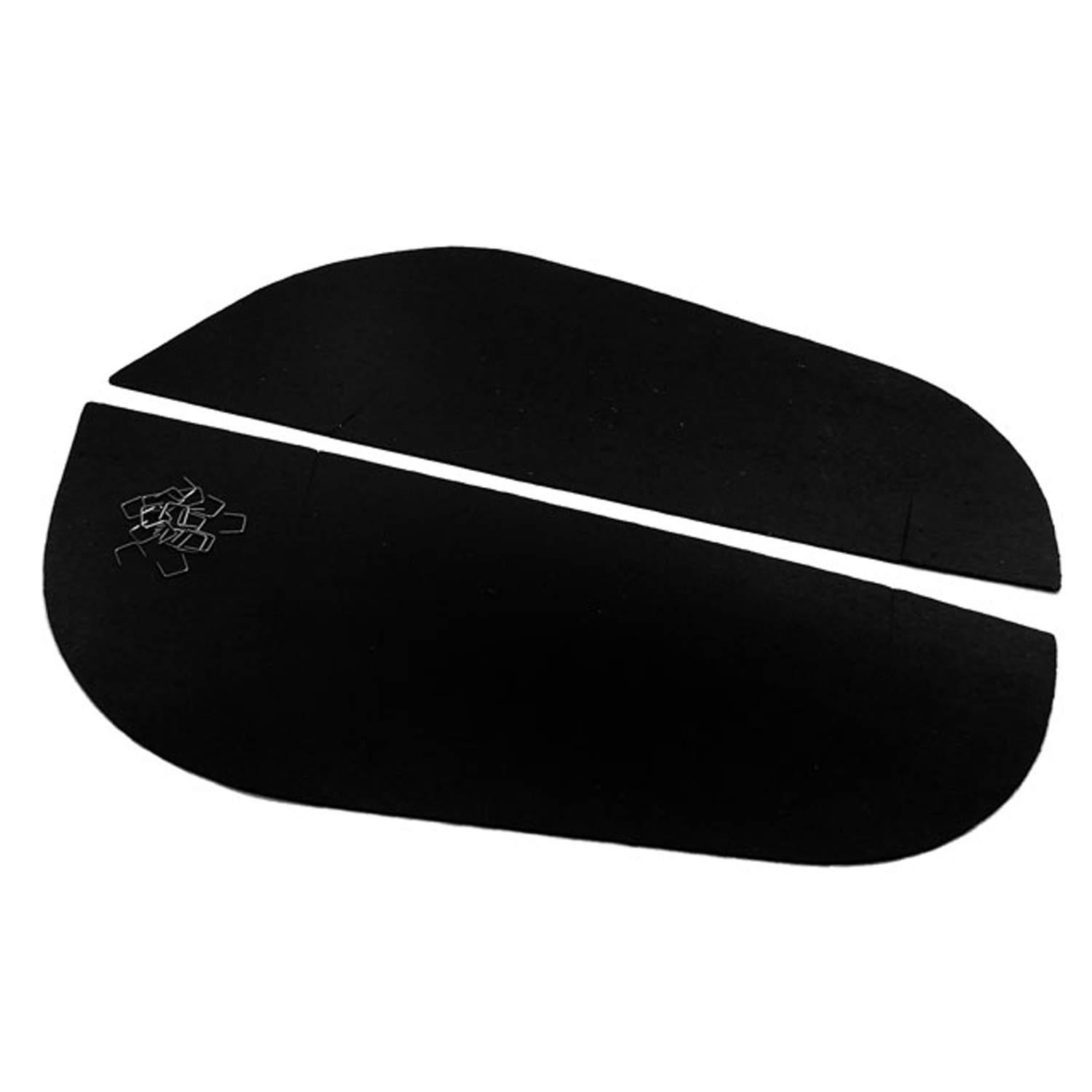 1971 Pontiac Firebird Arm Splash Shield Kit-SI 2005-102Arm Splash Shield Kit. Used as dust and mud shield to keep engine compartments clean. Made from stiff rubber that is identical to original in composition, texture and color. Set
1971 Pontiac Firebird Arm Splash Shield Kit-SI 2005-102Arm Splash Shield Kit. Used as dust and mud shield to keep engine compartments clean. Made from stiff rubber that is identical to original in composition, texture and color. Set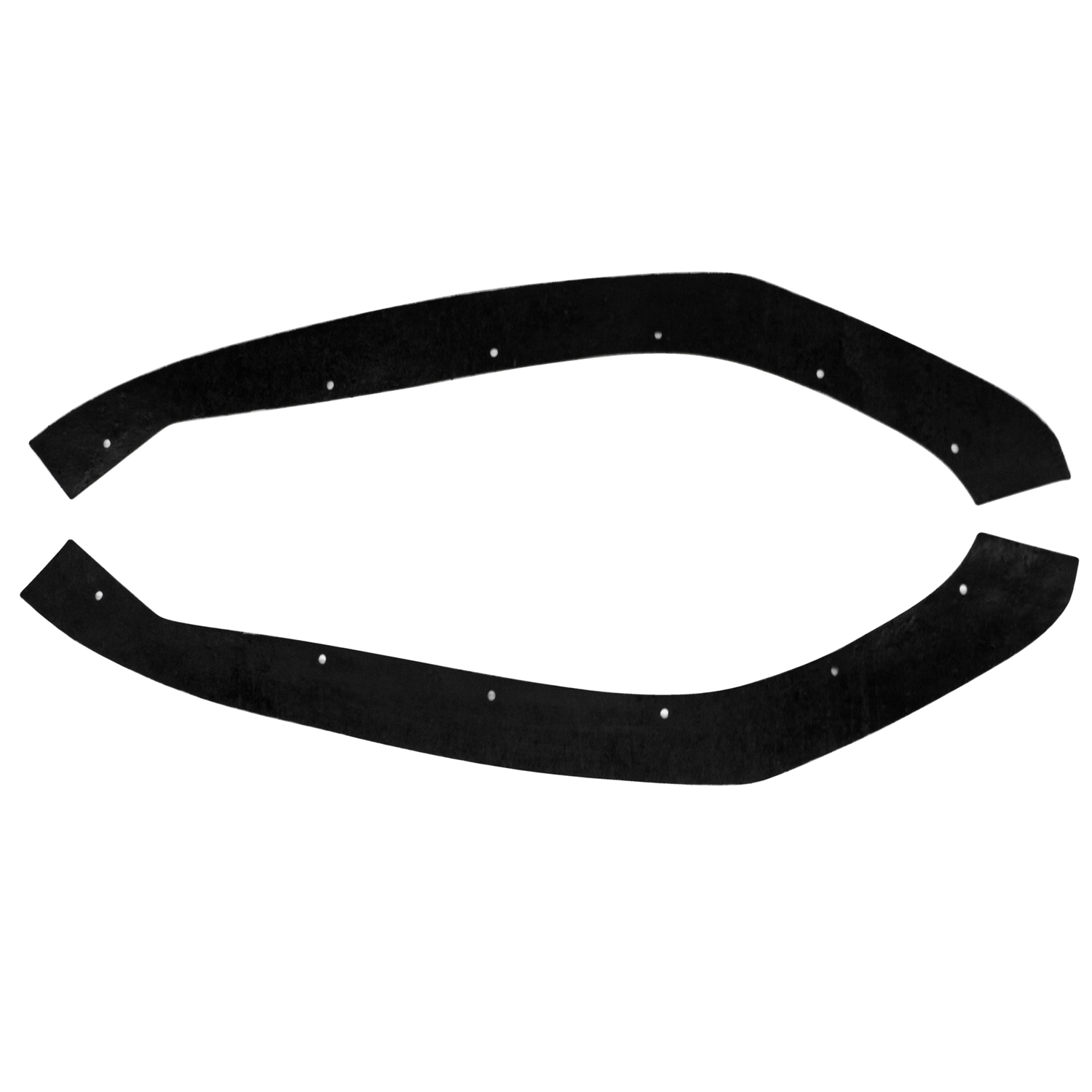 1971 Pontiac Firebird Cowl to Fender Dust Shield Seal, 70-81 GM 'F' Body, Set of 2-SI 2005-102-ACowl to Fender Dust Shield Seal, 70-81 GM 'F' Body, Set of 2. Includes installation hardware.
1971 Pontiac Firebird Cowl to Fender Dust Shield Seal, 70-81 GM 'F' Body, Set of 2-SI 2005-102-ACowl to Fender Dust Shield Seal, 70-81 GM 'F' Body, Set of 2. Includes installation hardware.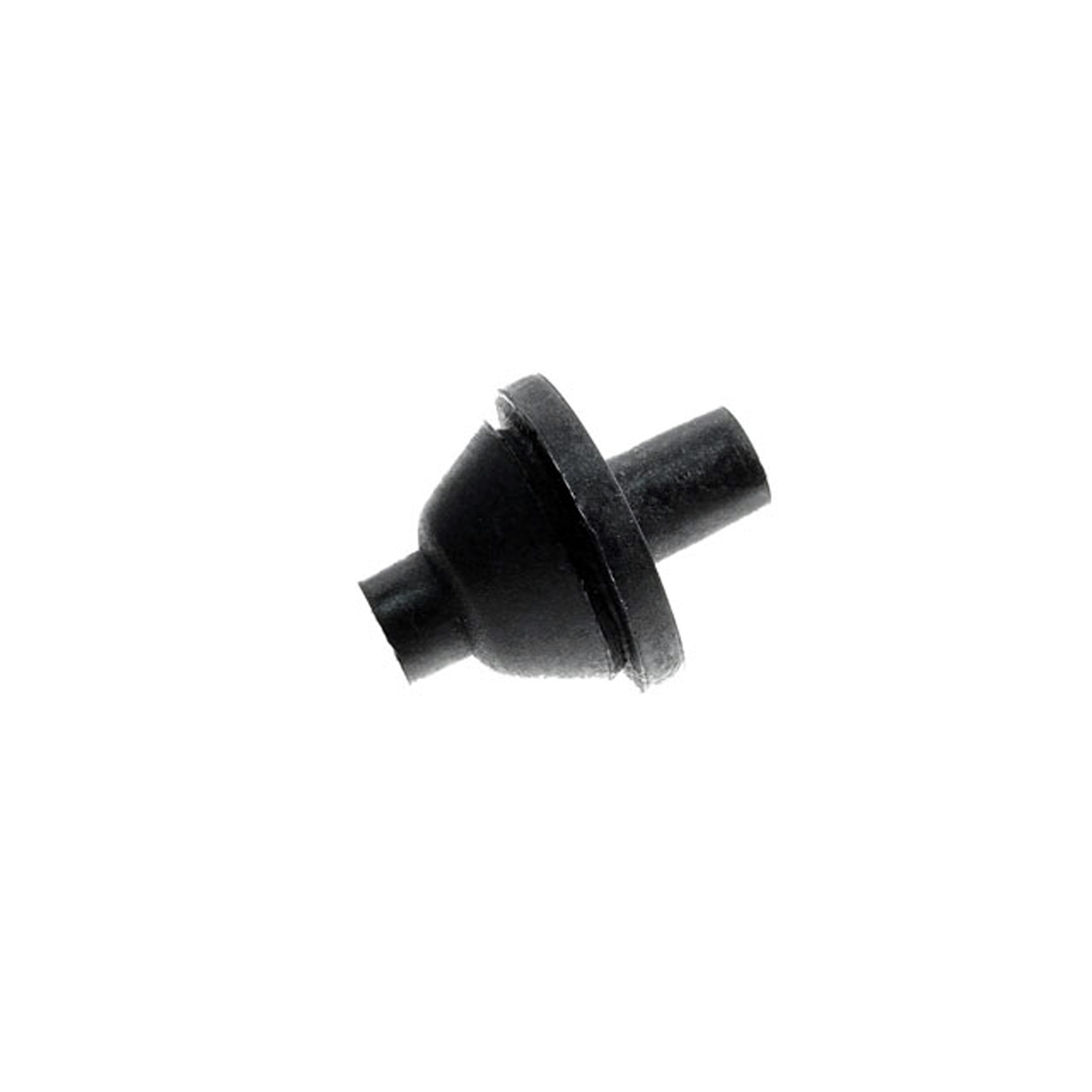 1971 Pontiac Firebird Dash and Firewall Grommet. Single-hole type is for one wire-SM 101Dash and Firewall Grommet. Single-hole type is for one wire. Each
1971 Pontiac Firebird Dash and Firewall Grommet. Single-hole type is for one wire-SM 101Dash and Firewall Grommet. Single-hole type is for one wire. Each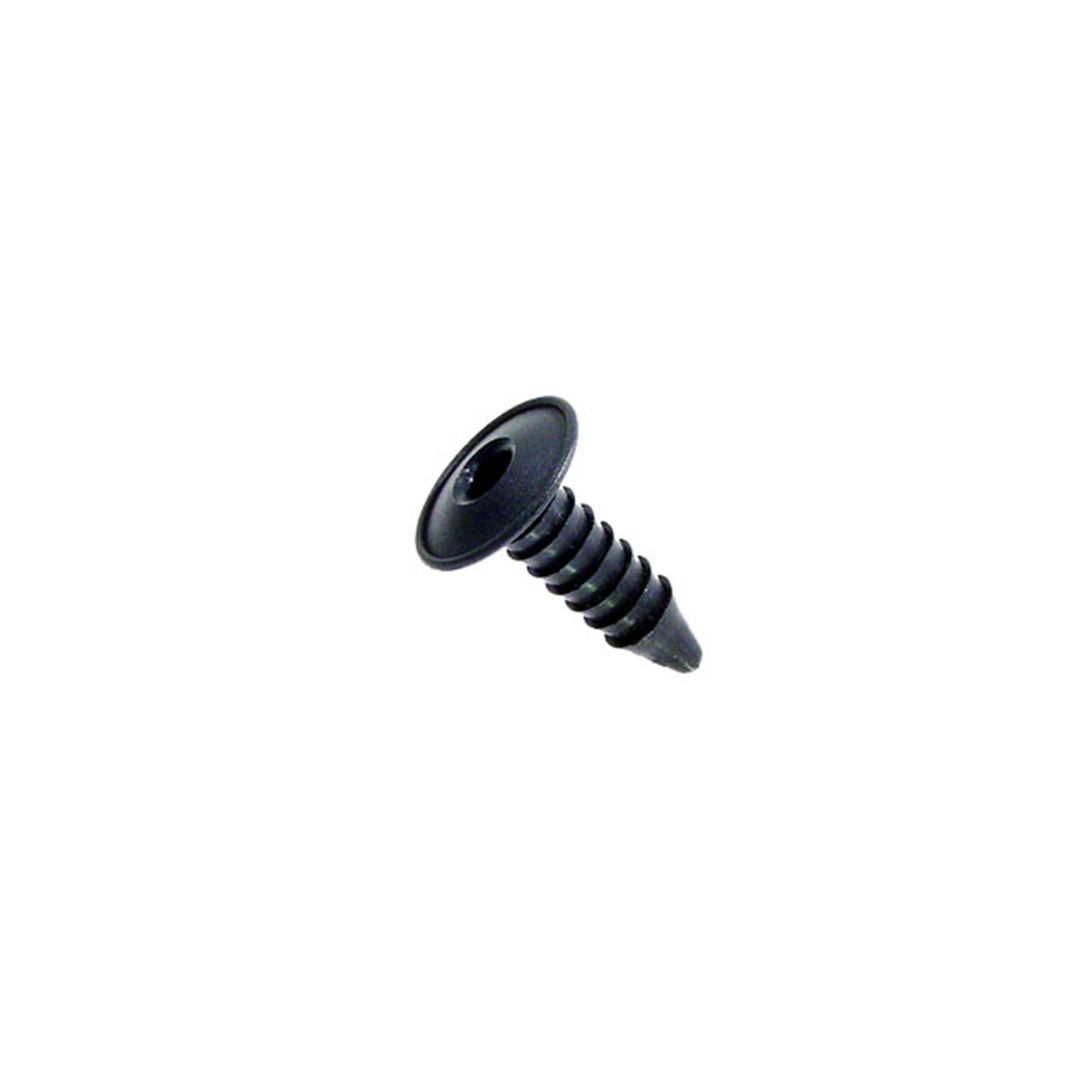 1971 Pontiac Firebird Firewall insulation fastener. 1 in. dia. W head. 1-1/2 in. L-SM 80-AFirewall insulation fastener. 1 in. dia. W head. 1-1/2 in. L. Replaces OEM#'s (GM) 7642589 and (AMC) 4001934. Black. Each.
1971 Pontiac Firebird Firewall insulation fastener. 1 in. dia. W head. 1-1/2 in. L-SM 80-AFirewall insulation fastener. 1 in. dia. W head. 1-1/2 in. L. Replaces OEM#'s (GM) 7642589 and (AMC) 4001934. Black. Each.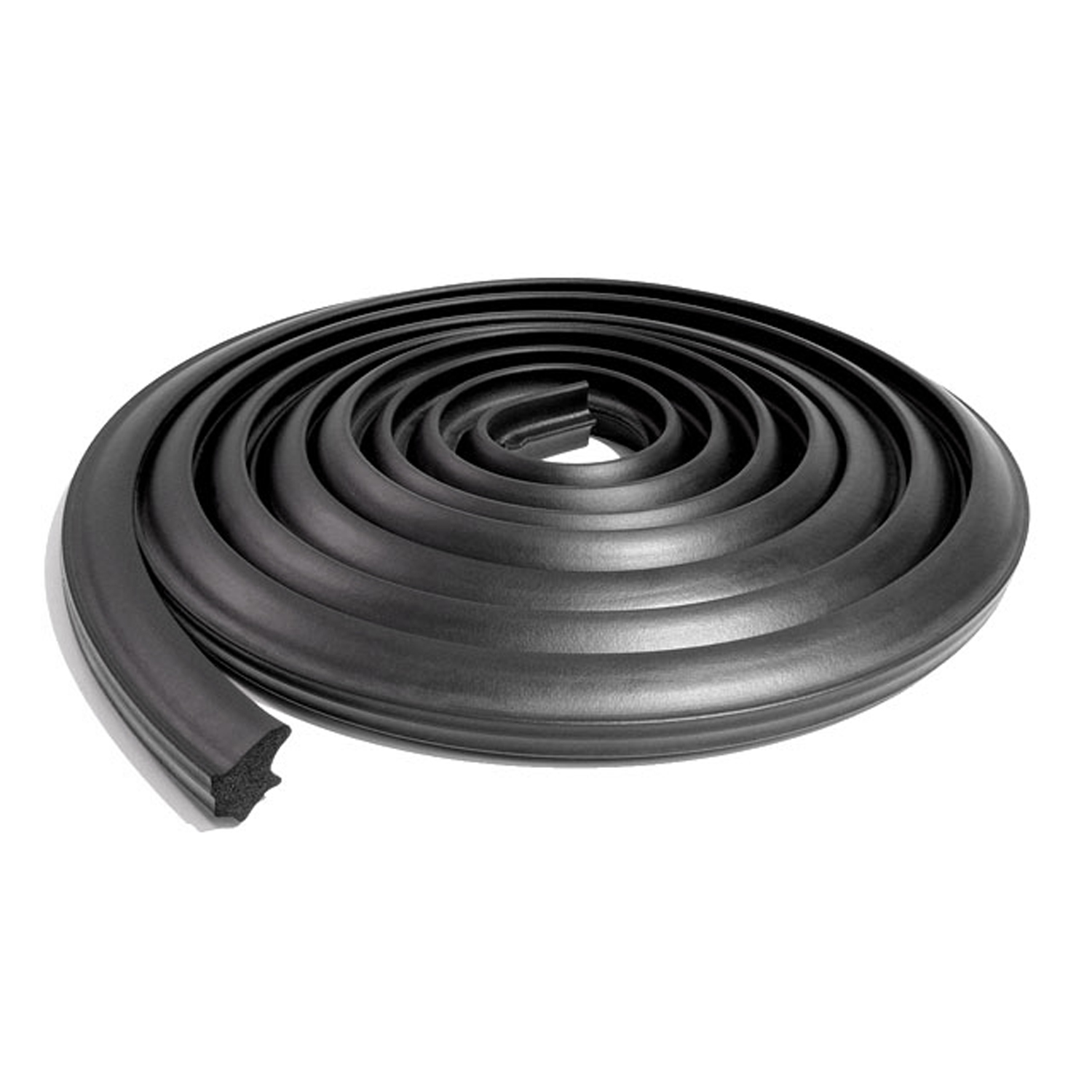 1971 Pontiac Firebird Trunk Seal. 10 feet long. Each-TK 46-10Trunk Seal. 10 feet long. Each
1971 Pontiac Firebird Trunk Seal. 10 feet long. Each-TK 46-10Trunk Seal. 10 feet long. Each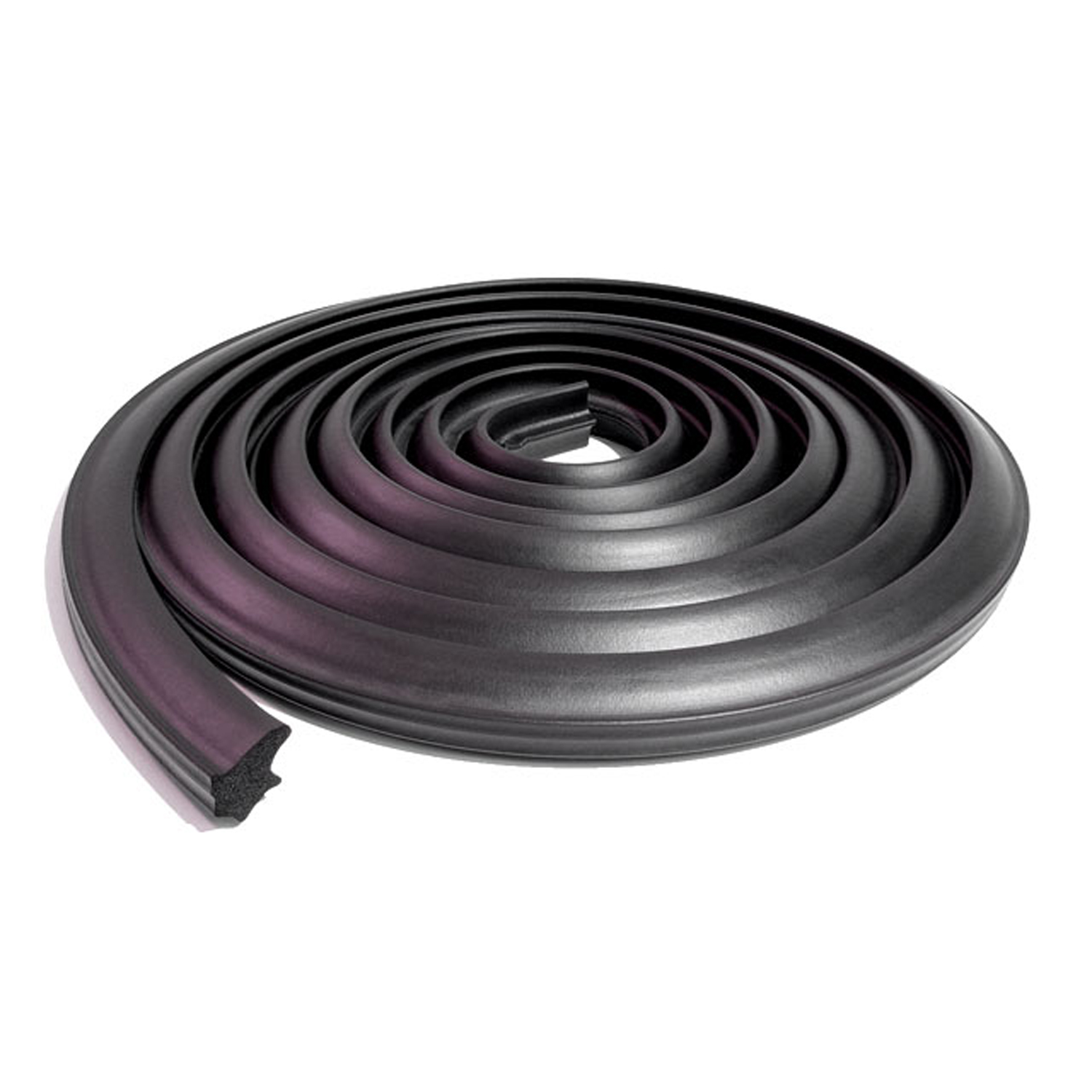 1971 Pontiac Firebird Trunk Seal, Fits: '67-'81 GM F Body-TK 46-OThis is a trunk seal for 1967-1981 Chevrolet Camaro and Pontiac Firebird vehicles. Our product is made with high quality ozone resistant EPDM rubber for a great fit and long life.
1971 Pontiac Firebird Trunk Seal, Fits: '67-'81 GM F Body-TK 46-OThis is a trunk seal for 1967-1981 Chevrolet Camaro and Pontiac Firebird vehicles. Our product is made with high quality ozone resistant EPDM rubber for a great fit and long life.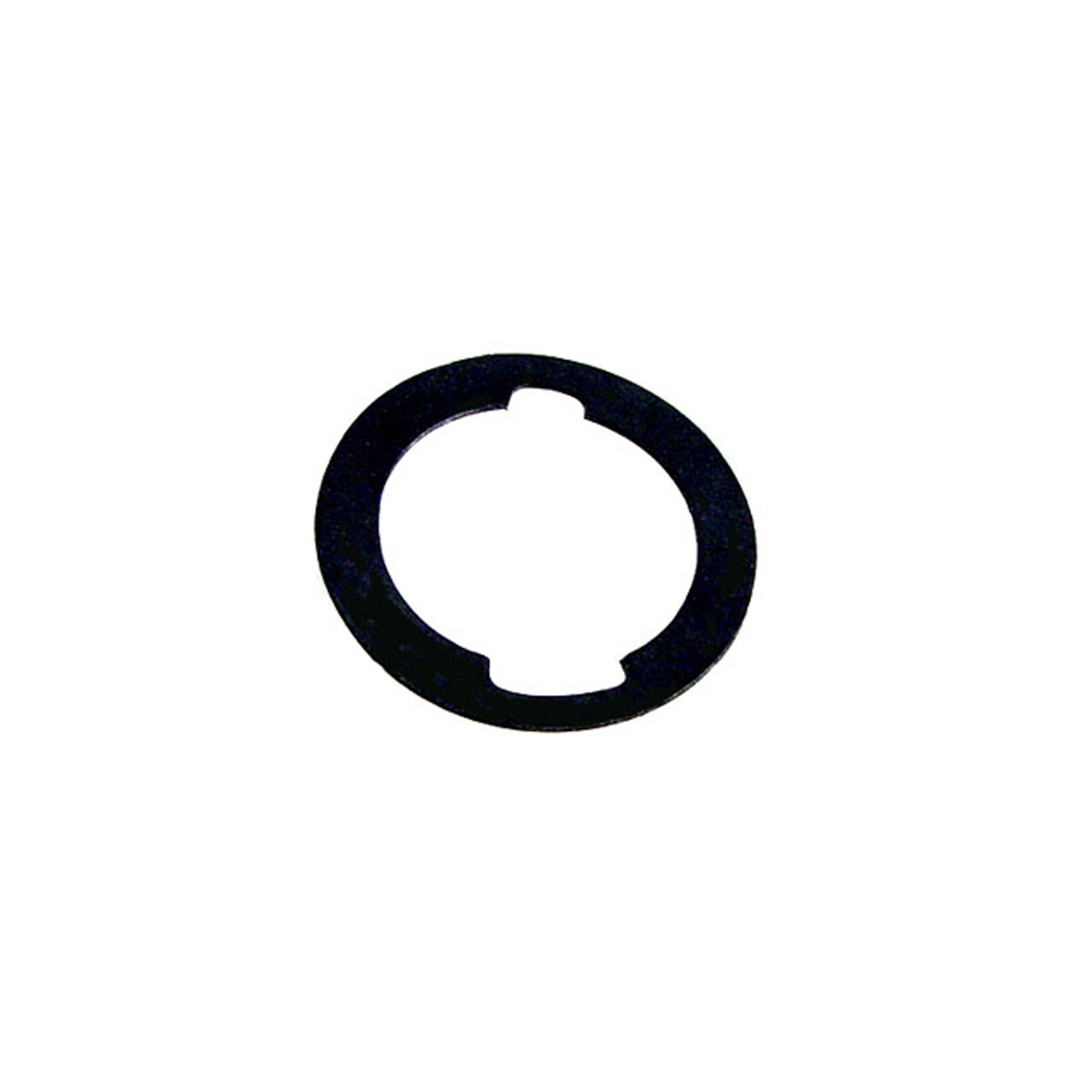 1971 Pontiac Firebird Unbeaded Door and Trunk Lock Gasket. 1-3/16" O.D., 7/8" I.D-UM 1600-100Unbeaded Door and Trunk Lock Gasket. 1-3/16" O.D., 7/8" I.D. Each
1971 Pontiac Firebird Unbeaded Door and Trunk Lock Gasket. 1-3/16" O.D., 7/8" I.D-UM 1600-100Unbeaded Door and Trunk Lock Gasket. 1-3/16" O.D., 7/8" I.D. Each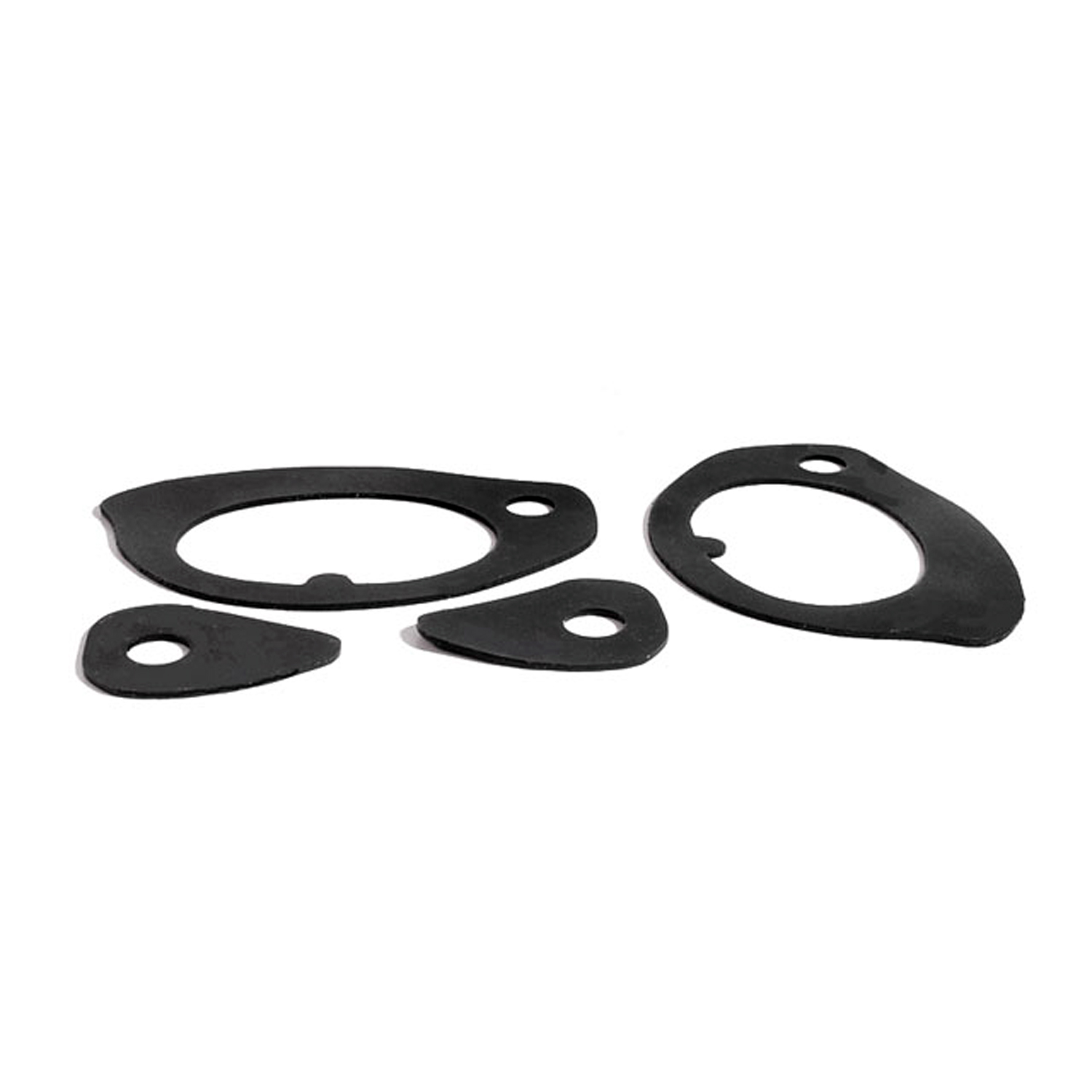 1971 Pontiac Firebird Unbeaded Door Handle Mounting Pads. 4-Piece Set-UM 2005-100Unbeaded Door Handle Mounting Pads. 4-Piece Set
1971 Pontiac Firebird Unbeaded Door Handle Mounting Pads. 4-Piece Set-UM 2005-100Unbeaded Door Handle Mounting Pads. 4-Piece Set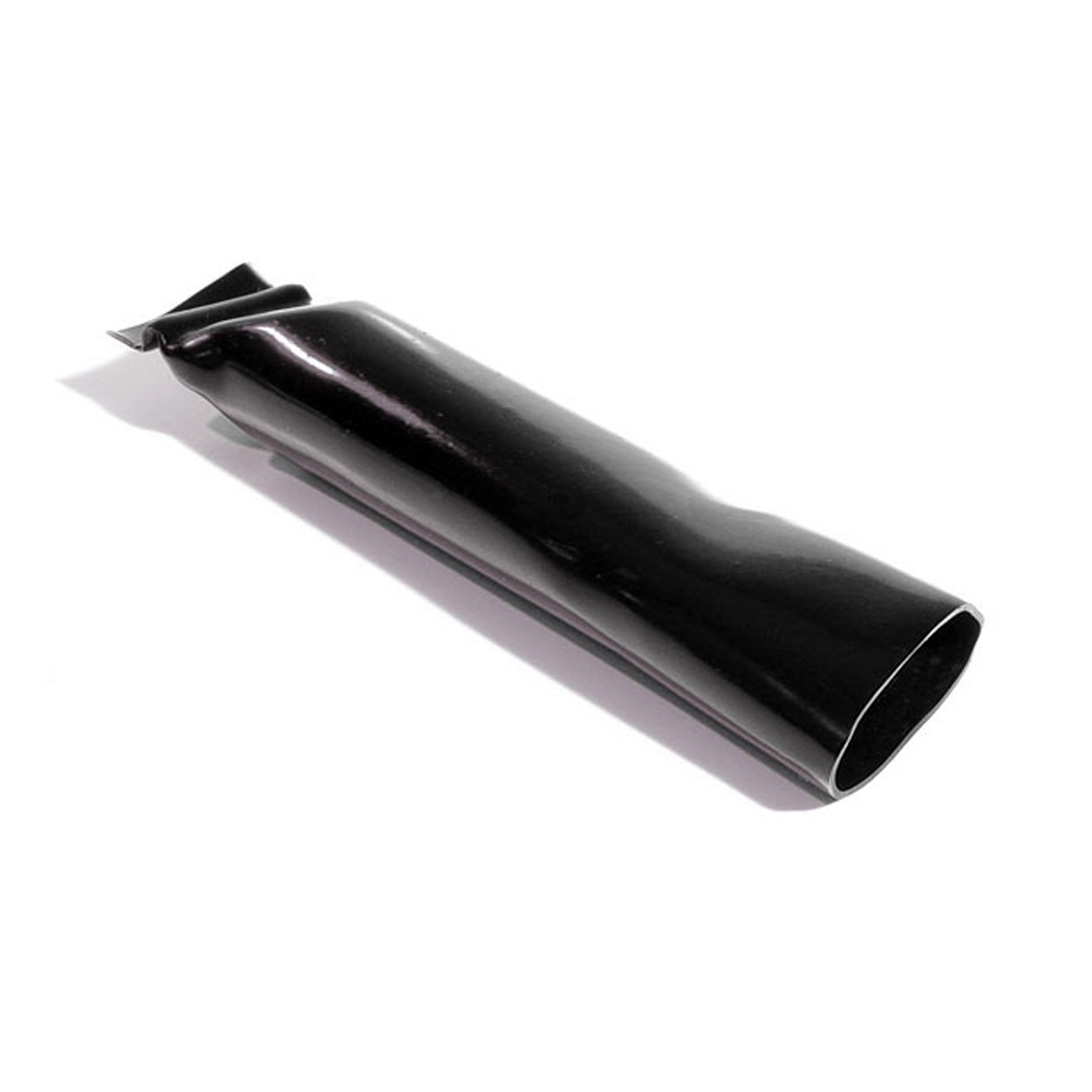 1971 Pontiac Firebird Air Conditioning Evaporation Drain Tube. 6-7/8" long-VH 102-GAir Conditioning Evaporation Drain Tube. 6-7/8" long. Each
1971 Pontiac Firebird Air Conditioning Evaporation Drain Tube. 6-7/8" long-VH 102-GAir Conditioning Evaporation Drain Tube. 6-7/8" long. Each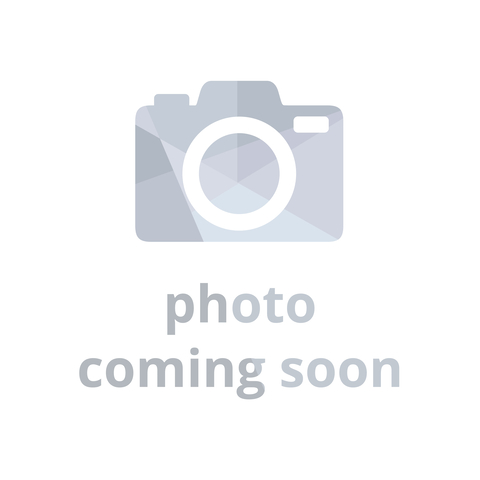 1971 Pontiac Firebird Window Sweeper Kit-WC 2008-20Window Sweeper Kit. For models with special molding on the door, 2nd generation. 4-Piece Kit
1971 Pontiac Firebird Window Sweeper Kit-WC 2008-20Window Sweeper Kit. For models with special molding on the door, 2nd generation. 4-Piece Kit 1971 Pontiac Firebird Window Sweeper Kit-WC 2008-21Window Sweeper Kit. For models without special molding, 2nd generation. 4-Piece Kit
1971 Pontiac Firebird Window Sweeper Kit-WC 2008-21Window Sweeper Kit. For models without special molding, 2nd generation. 4-Piece Kit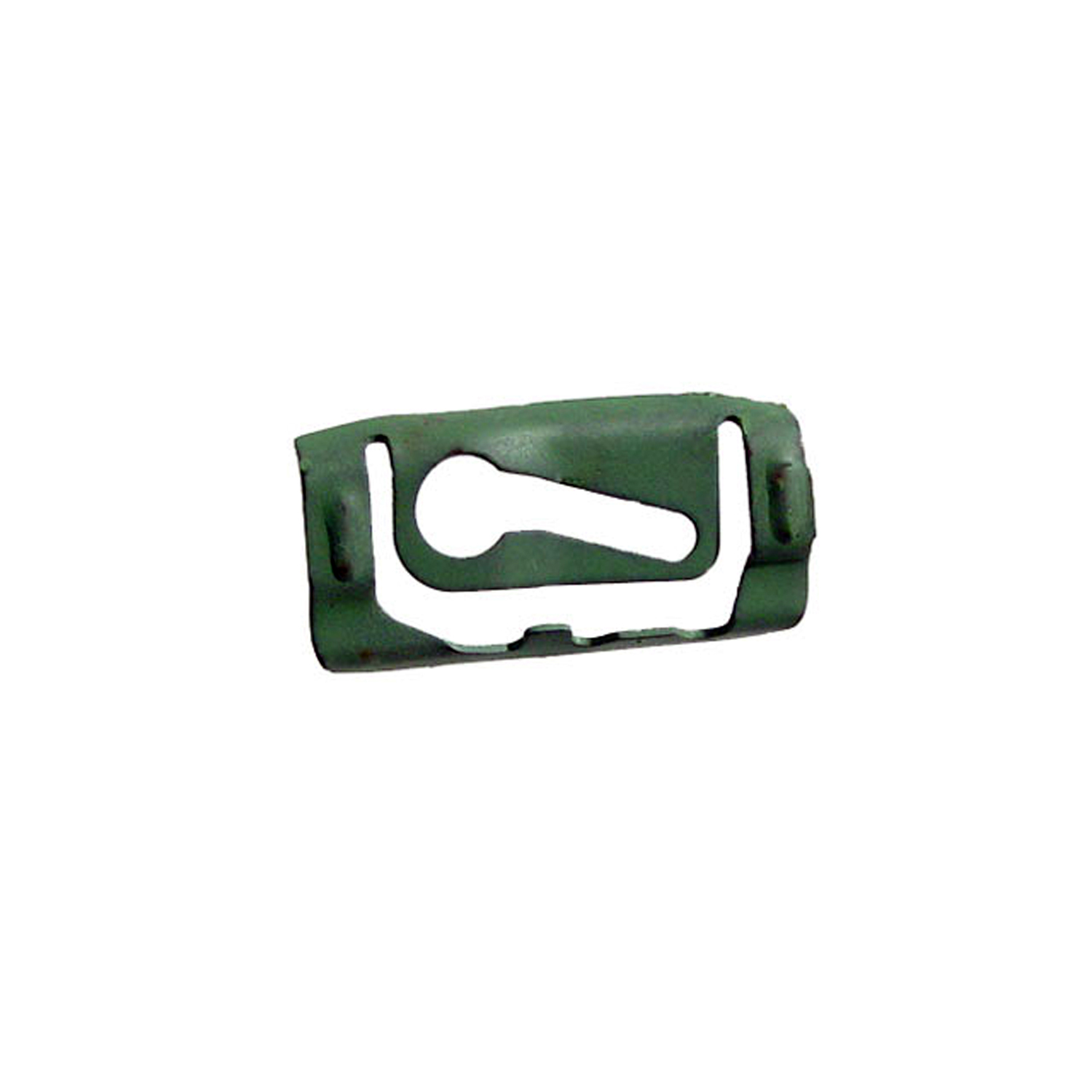 1971 Pontiac Firebird Quarter Window Reveal Molding Clip. Made of Steel-WF 205Quarter Window Reveal Molding Clip. Made of Steel. 1-3/8" X 11/16". Each
1971 Pontiac Firebird Quarter Window Reveal Molding Clip. Made of Steel-WF 205Quarter Window Reveal Molding Clip. Made of Steel. 1-3/8" X 11/16". Each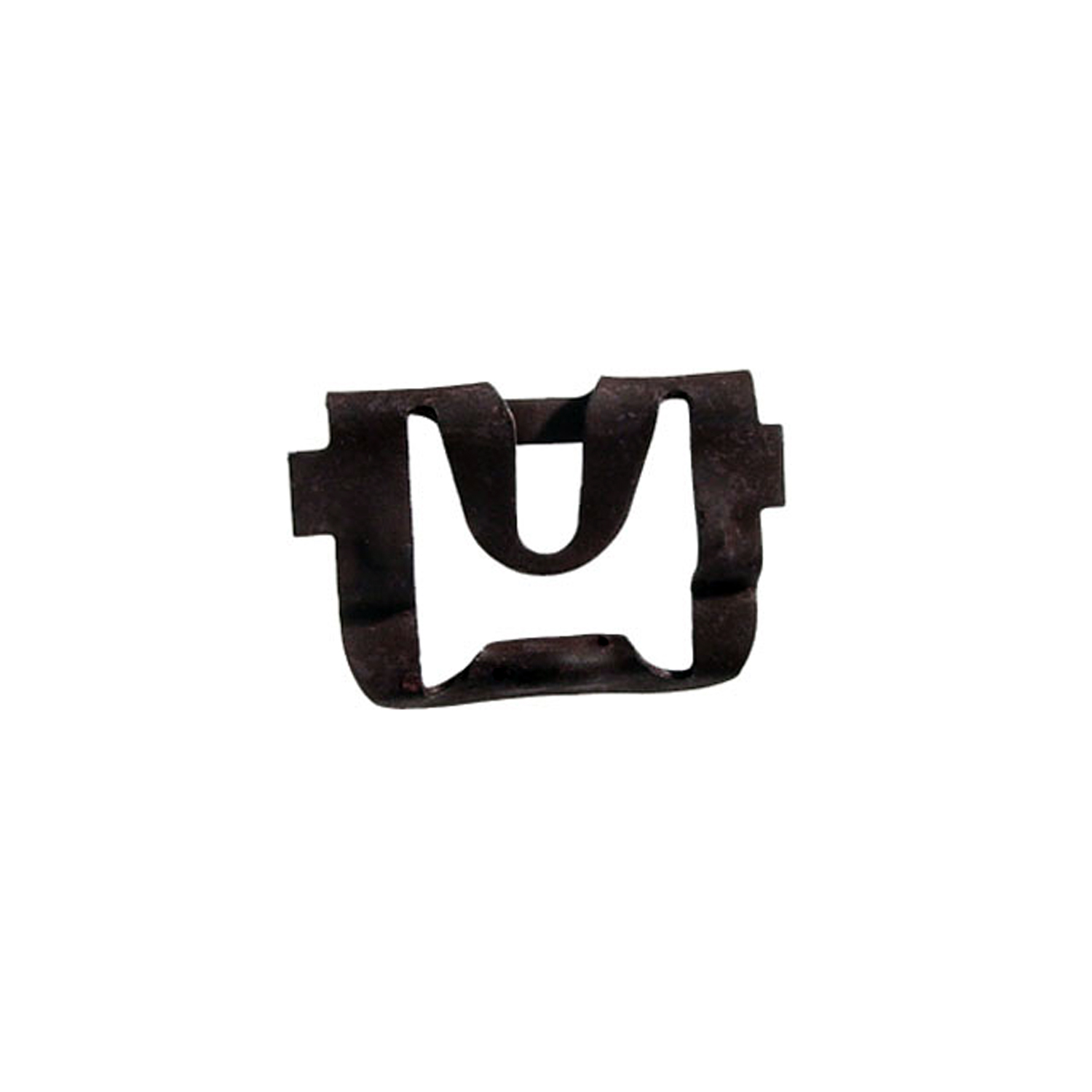 1971 Pontiac Firebird Rear Windshield Reveal Molding Clip. Made of steel-WF 211Rear Windshield Reveal Molding Clip. Made of steel. 15/16" X 3/4". Each
1971 Pontiac Firebird Rear Windshield Reveal Molding Clip. Made of steel-WF 211Rear Windshield Reveal Molding Clip. Made of steel. 15/16" X 3/4". Each 1971 Pontiac Firebird Windshield Reveal Molding Clip. Made of steel-WF 223Windshield Reveal Molding Clip. Made of steel. 1/1/8" X 3/4". Each
1971 Pontiac Firebird Windshield Reveal Molding Clip. Made of steel-WF 223Windshield Reveal Molding Clip. Made of steel. 1/1/8" X 3/4". EachWhy Choose Metro?
For over 100 years, Metro Moulded Parts has been the pinnacle of quality in classic car restoration parts. Our commitment to precision and authenticity in every component ensures a perfect fit and an OEM-level appearance.
- Expert Craftsmanship & Quality: Each part is a testament to our dedication to reliability and perfection, crafted from original designs and thoroughly tested.
- Advanced Technology: We use cutting-edge techniques to create flawless, long-lasting parts that surpass others in performance.
- SuperSoft Sponge – The Ultimate Door Seal: Not only are our door seals 30% softer than competitors', but they're also guaranteed to never leak. They effectively reduce wind and road noise, enhancing your classic car's comfort and driving experience.
- Proudly American: Our parts are a product of American craftsmanship, made in the USA with a spirit of excellence and heritage.
- Unrivaled Warranty: We back our products with a 30-year industry-leading warranty, a testament to our confidence in their quality.
Join us in preserving the legacy of classic cars with parts that are crafted for perfection, not just made.

